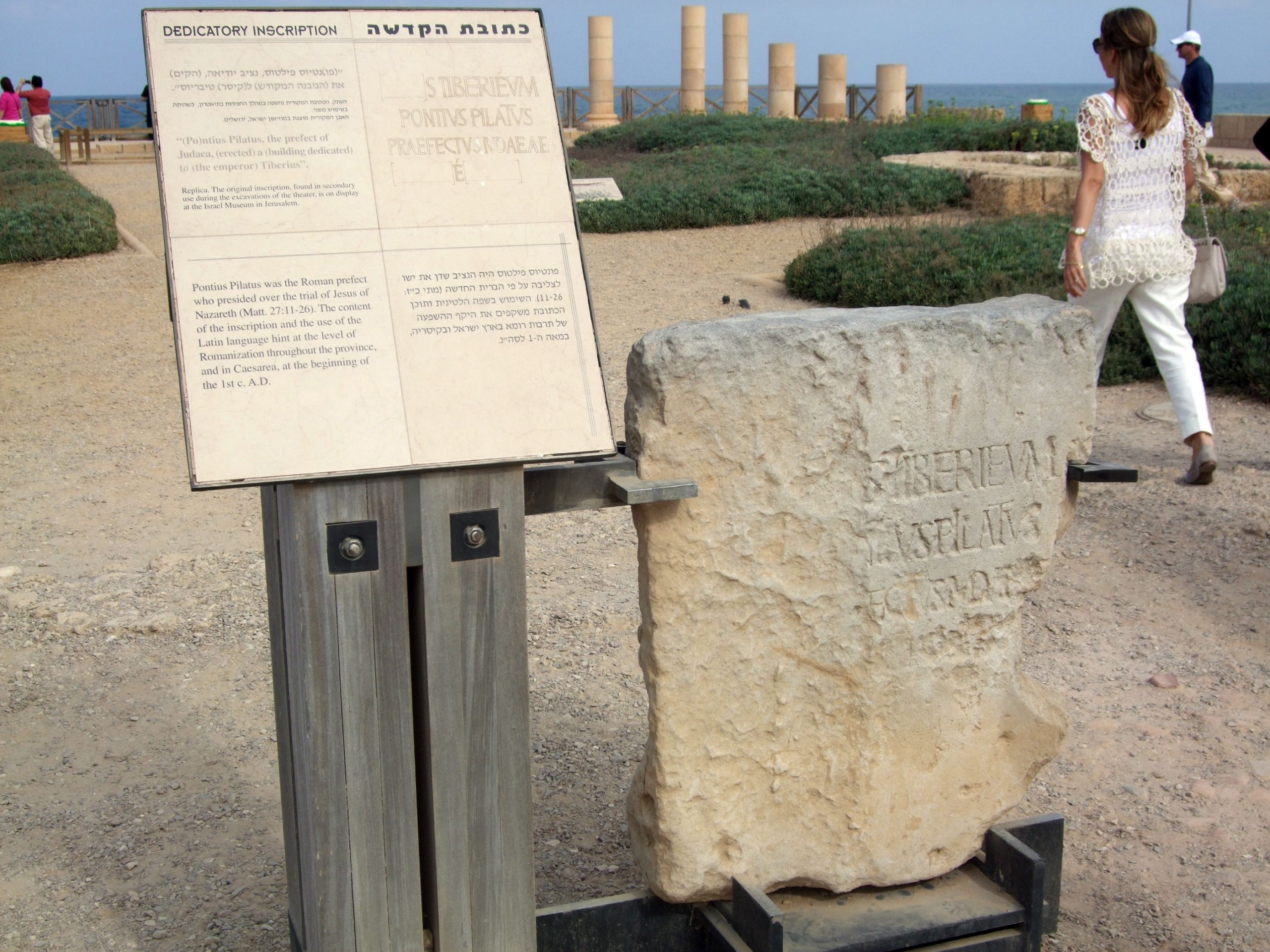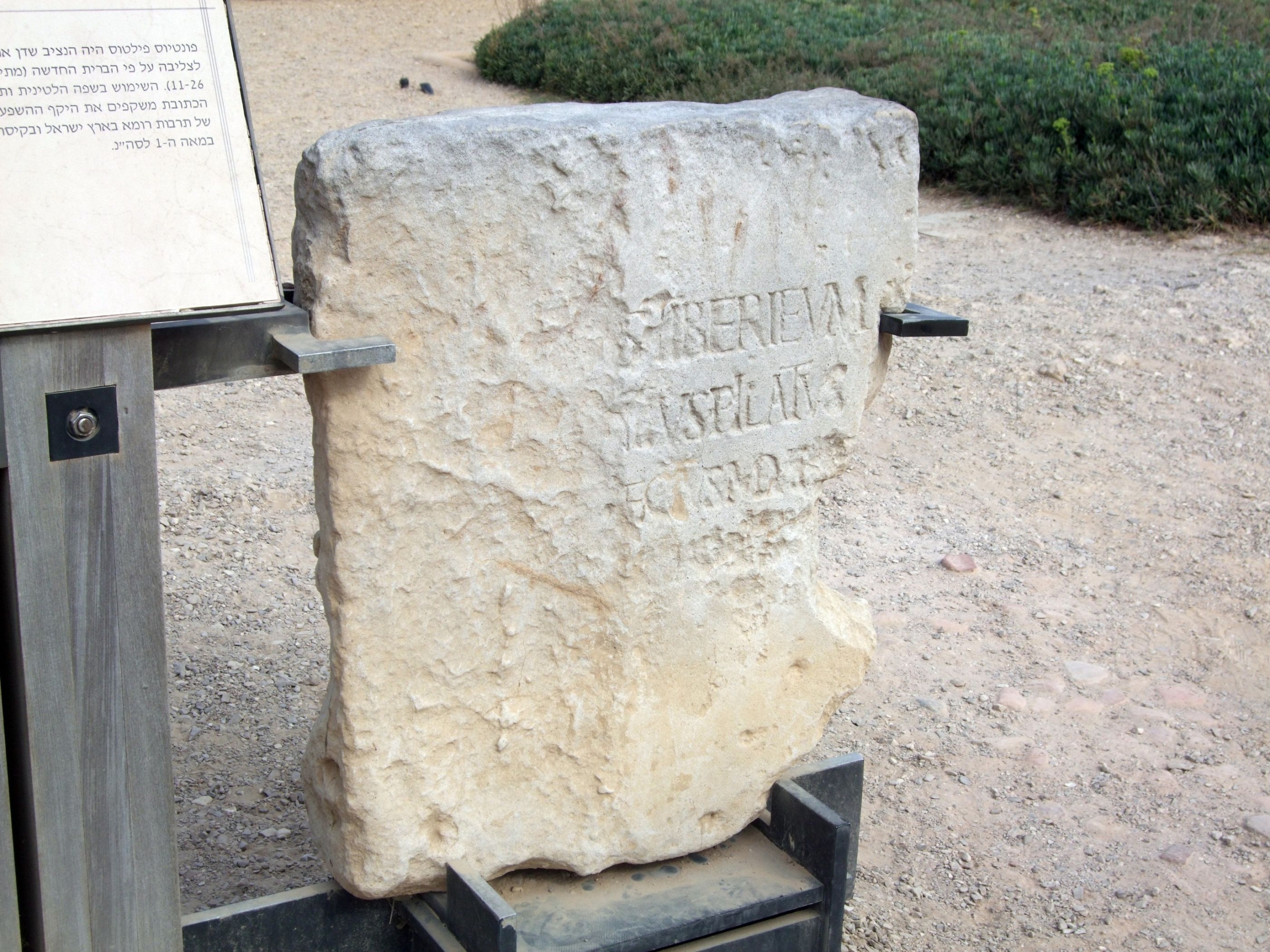THE SHROUD OF TURIN, THE HOLOGRAPHIC EXPERIENCE
BY DR. PETRUS SOONS
This is the text that comes with the POWERPOINT Presentation 3D
ABSTRACT
My presentation summarizes work connected with digitizing Shroud photographs taken by Giuseppe Enrie in 1931, enhancing the digitized images to improve details, translating the enhanced images “gray scale data into depth data”, generating a sequence of up to 625 images of each of these, and combining these images with a Holoprinter to produce holograms (3D images) of the Shroud. It also summarizes my study of these holograms and discovery of heretofore unseen details, which confirm many previous findings and reveal some surprises.
INTRODUCTION
In 2001, my wife and I moved to Panama, the country where she was born. Being retired, I started to make wood sculptures as a hobby. In 2004, I decided to sculpt a Pieta, but I had an accident and fractured a vertebra. For 5 months, I was unable to work, so I used this time to search the internet for the most original face of Jesus Christ and Mary, his mother, to use in the Pieta sculpture. My search found two images called “acheiropoeta”, or “not made with (human) hands” and they are, the image of the Man on the Shroud of Turin and the image on the Tilma of the Virgin of Guadalupe in Mexico. I later used both face images in the pieta.
OBSERVATIONS OF 3D INFORMATION IN THE SHROUD.
The Shroud of Turin is a textile made of linen (flax), measuring about 442cm in length and 113 cm in width. One side of the Shroud shows the front and the back image of a crucified and tortured man. The image is superficial, meaning, it is located on the surface of the uppermost fibers. Chemically speaking, it was formed by an unknown process that caused oxidation, dehydration and conjugation of the polysaccharide structure of the flax fibers, a kind of premature aging process of the linen. The inside of these image fibers, that are 10 to 20 times thinner than a human hair, does not show this process. The image itself shows some qualities that are important for the 3D investigations
The image displays the light and dark characteristics that you normally observe in a photographic negative and that was discovered in 1898, when Secondo Pia made the first photographs of the Shroud. After developing his negative glass plates, he found to his surprise that they showed a positive image of the Man on The Shroud, instead of the negative image that he expected.
Studying the image in the early part of the last century, Prof Paul Vignon made the observation, that the image on the Shroud varied inversely with the cloth-to-body distance, which means that the parts of the body that were close to the cloth, were imaged darker then the parts that were further away. The density in different parts of the image is proportional to the distance between the body and the cloth and is caused by the fact that more fibers per unit area are discolored. This translates to 3D information-encoding of the image in the grayscale of the photographs.
Drs. Jackson and Jumper confirmed the 3D information in 1977. Later work done by Prof. Tamburelli from the University of Turin confirmed this also.
Drs. Jackson and Jumper used a densitometer to extract the grayscale information and then with the help of the VP-8 Image Analyzer, translated this information into vertical relief, which resulted in the first three-tridimensional photos of the Shroud image. They were able to conclude that Vignon’s theory was correct. The work of Prof. Tamburelli (Italy) confirmed this also. It is important to note that if you use any regular photograph in this process, the result will be distortion and flattening of any three-dimensional features, because there is no photograph that contains the 3D information that we find in the image on the Shroud.
THE GRAYSCALE
A densitometer measures the differences in density in a photograph. In a black and white photograph, black areas are dense with information and white areas are void of information. The in-between areas are many shades of gray, from almost white to almost black. You can assign a different number, or value to each shade of gray, for example on a scale of 1 to 10, where 1 represents black, and 10 white, all numbers between 1 and 10 represent various shades of grays. This is a grayscale or gray map, where different numbers represent different densities. Subsequently, these numbers are translated mathematically into vertical height on the Z axis.
HOLOGRAPHIC OBSERVATIONS
During the 5 months of rehabilitation, following my accident, I studied many books written about the Shroud of Turin.
I was familiar with the 3D concept because I founded and for many years worked in an Ultrasound Center in Curacao. I also studied the theory of a Holographic Universe (Dr. Susskind, Gerard van’t Hooft and Dr. Wheeler), so I was also familiar with Holography.
There were two observations in particular, that caught my attention
The image appears more distinct at a distance and fades when viewed at certain angles, particularly as one comes closer to the Shroud. The image is faint, without well-defined boundaries so the eye has no point of reference and it appears simply as variation of the background density.
After the fire in 1997, Aldo Guerreschi, a professional photographer who is familiar with the image, was asked to photo-document the examination of the Shroud. He observed the following: “Moving around the table, (with the Shroud laid out horizontally) I saw this image so faded as if to practically disappear, while from other angles, it seemed as if the figure were almost outside the sheet”.
These two observations hint at holographic qualities, indicating that apart from the grayscale with the built-in 3D information, there might be holographic information present in an interference pattern. In order to investigate this possibility, I decided to form a team of experts and to produce holograms, based on the scientifically proven 3D information in the grayscale of the image. That led us in a different direction of the 3D research with some unexpected results.
HOLOGRAHPY, FROM 3D TO 2D AND back to 3D AGAIN
A hologram is a light wave interference pattern of a 3D image, recorded on a special photographic film (2D) that, when illuminated properly, can reproduce the 3-dimensional image in light.
WHAT IS INTERFERENCE?
Interference means a mixing of two waves, as for example, when we throw two stones simultaneously from opposite sides of a pool into the water, the two resulting wave patterns will meet and intermix. We call this intermixing interference. The waves can be any waves, for example, water-waves, sound waves or light-waves etc. To produce a hologram, lasers are being used to create the interference pattern.
WHY DO WE USE LASERS?
A laser beam consists of photons of the same size, all moving in the same direction. The wave packets are aligned together and all of the same frequency. This is known as coherent light and has the ability to contain intelligent information.
The info wave has a precise mathematical form.
PRODUCING A HOLOGRAM THE TRADITIONAL WAY
To produce a hologram, a laser beam is split into two beams: a reference and an object-beam. The reference-beam is widened by a lens or curved mirror and aimed directly at the sheet of photographic film. The object-beam is also widened but aimed at a physical 3D object (the subject of the hologram) which reflects the light onto the same film. The two beams interact, forming an interference pattern that is recorded. This is the Master Hologram.
From the Master Hologram we can produce copies that, when illuminated with monochromatic light (e.g., a halogen lamp) from the same angle that the reference-beam hit the plate, can be seen in 3D again, in light.
The monochromatic light beam is a reversed reference beam that produces a real image of the 3D object.
Every area of the Master Hologram contains information about the whole image. If you break a Master hologram in multiple pieces, you have multiple holograms, each containing information about the whole image.
COMPUTER GENERATED SHROUD HOLOGRAMS
The different stages of the process that we followed to create the hologram of the Shroud of Turin:
THE PHOTOGRAPHIC MATERIAL
We used second and third generation copies of the original photographs made by Giuseppe Enrie in 1931. In those days, the most reliable light-sensitive material was an orthochromatic emulsion, which was sensitive to the blue and green elements of white light and insensitive to red and that resulted in an enhancement of the image.
DIGITALIZATION OF THE NEGATIVES
We digitized the Enrie negatives to facilitate translation of image density information into gray-scale numbers (result: 70-100 p.p.m.).
CONVERSION PROCESS FROM 2D to 3D
—Bernardo Galmarini, an Argentinean 3D expert, translated the gray- scale levels into depth-data on the Z-axis and, where necessary, repaired and softened existing image areas that were void of 3D information…perhaps the result of historic insult and damage. Bernardo then generated a sequence of 625 images, which were later integrated into a 3D Shroud image using a Holoprinter.
—In this process, Bernardo used a virtual camera, moving along a horizontal path over the 3D model from center to most left, and most right, and interpolated all other images. The result is a 3D image that contains all existing distance information recorded in the grayscale.
CREATING THE MASTER HOLOGRAM
1) The DFCH Holoprinter, developed by the Dutch Holographic Laboratory, employed a LcoS chip (1920 x 1080 pixels resolution) to create a computer generated “Master Hologram” from the sequence of 625 images. We first produced holograms of the face and body in smaller size, and subsequently, a Canadian company produced a 100cm x 200cm hologram from both the front- and the back-image, with each square mm built up of 1024 x 768 pixels. This was done after we improved the conversion from 2D to 3D in the Dutch Holographic Laboratory.
COPIES
2) Once you have produced the “Master Hologram” you can make copies.
3) You can also create other 3D images, like lenticulars or anaglyph photographs.
OBSERVATIONS IN THE HOLOGRAMS
The holograms provide a great opportunity to view the image on the Shroud in 3D. These observations confirmed many of the previous findings and revealed some new findings. Let us begin with observations on the dorsal image, then the frontal image, and finally the facial image.
OBSERVATIONS IN 3D DORSAL IMAGE
1) The upper part of the back of the head fades out, indicating that the head is bent forward.
2) The hair falls down along the neck and the back and looks like “wet”. It appears “rope-like” in the middle, similar to a ponytail as mentioned in the literature.
3) The buttocks do not look flattened, but rather tensed as in rigor mortis.
4) The images of the flagellation wounds follow the curved surfaces of the buttocks, legs and thorax, while on the photographs they look straight.
5) The legs in the dorsal image look quite confusing. The upper part of the anatomical right leg contains very little 3D data and the left leg contains areas void of any 3D data that, after conversion from 2D to 3D show up as “holes”. Note: to appreciate the degree of bending of the legs, we will have to rely on data from the frontal image.
6) The sole of the anatomical right foot is clearly visible, as is the tip of the left foot that seems to be crossed over the right foot.
OBSERVATIONS IN 3D FRONTAL IMAGE
1) In the depth-map, the chest appears inclined in an upward position with respect to the pelvis area, as if inclined towards the viewer. The chest also appears to be expanded.
2) The arms appear to be rigid and oriented in an almost horizontal plane. The elbows are not inclined downwards; they rather seem to lie in a plane together with the lower and missing upper arms. The anatomical left lower arm shows the elbow higher than the left hand, which is crossed over the right hand in a natural bending. The right wrist is under the left hand, over the space between the two legs. The right hand angles upwards following the curvature of the upper left leg, with the fingers bent downward along the left leg curvature. The left hand is bent at the wrist and fingers in a downward direction.
3) We can better appreciate the position of the legs in this frontal view. Both legs are bent, with the anatomical left leg bent a little more than the right leg and partly covering it.
4) The anatomical left foot crosses over the right foot in the form of an X, and the tips of the toes of the left foot are visible.
5) To show difficulties in the interpretation of these 3D images, I refer to a ropelike 3D shape crossing the left hand/wrist and an unknown little 3D object on the fingers of this hand (flower, ampulla?). The question what this means remains open.
OBSERVATIONS IN 3D FACIAL IMAGE
1) In conventional Shroud photographs of the face, we observe a bloodspot seemingly hovering above the head. In the 3D image, however, this bloodspot appears to rest on top of the head. The blood images result from actual blood contact. There are multiple bloodspots on the top and the back of the head area, suggesting that this was not caused by only a crown of thorns, but a “helmet” of thorns.
2) During the 2D to 3D conversion process, image areas that were void of 3D information in the gray map showed up as “holes”. Looking at the face there were multiple, little “holes” on the forehead, the right and left sides of the face, the anatomical right side of the moustache and beard, and the middle of the lower part of the beard. When we saw this, I remembered photographs of the face and middle part of the body, in the book by Dr. Alan and Mary Whanger, where Prof. Avinoam Danin, of the Hebrew University of Jerusalem, had drawn in images of flowers and plants that he had discovered in the Enrie photographs. In November 2007 I teamed up with Prof.Danin and we had an opportunity to study the UV photographs taken by STURP´S official (technical) photographer, Vernon Miller, of the Brooks Institute, during the STURP team investigations in 1978. In 2007-2008, Prof. Danin discovered that the “holes” found during the 2D and 3D conversion process of the face all contained images of little flowers.
It seems that these flowers blocked the formation of the body-image-information of these areas (“holes”) of the face, and the body around the arms and hands. We know that there is no image under the bloodspots. Whatever the image formation process was, it seemingly did not penetrate solid objects, such as bloodspots or flowers. Two flowers also appear in the middle of the tip of the beard. This part of the beard does not seem to have been ripped out, because you can follow the contour of the underside of the beard that seems intact in the 3D image.
3) The 3D frontal and dorsal view of the body image are like 2 bas reliefs. When you join them together, however, you find that a “layer” of about 10 cm is missing from the middle of the body. This coincides with similar measurements of the distance between the frontal and dorsal top of the head images.
4) Under the beard in the area of the neck we found an oval-shaped solid object of about 11.5 x 5 cm, showing on the surface in relief, what appears to be three Hebrew or Aramaic letters. The letters used in both alphabets are similar. Pursuant to this finding, we did two follow-up studies:
5) First, we researched photographs of the 3D studies of Dr. Jackson and Prof. Tamburelli. They all contained the vertical relief properties observed in the hologram, confirming the presence of an object under the beard.
6) Then, we researched many photographs of the face taken by different photographers during the last 50 years. As an example, in November 2007, we had access to the extensive collection of the 1978 photographs of Vernon Miller. Many of these photographs showed the oval outline of the object and several of them the shape of the 3 letters. According to photographic experts, that we consulted, the reason the letters are visible in some photos and not others could be due to differences in depths-of-field resulting from different lighting conditions and aperture settings and lens focusing chosen by the photographer(s) when they produced the photographs.
THE LETTERS
The three letters were identified, reading from right to left as one does in Hebrew or Aramaic, as:
TSADE- ALEPH- NUN this is the Hebrew word TS’ON
Calligraphy used to be my hobby, and as the letters of these alphabets are written in calligraphic form, I used them many times to exercise my calligraphic skills, so I was very familiar with the shape of the letters. However, I do not read Hebrew or Aramaic, so I consulted experts in old Hebrew and Aramaic. They showed me the two most consulted Hebrew and Aramaic dictionaries: “A Comprehensive Etymological Dictionary of the Hebrew Language for Readers of English”, by Ernest Klein, and, “A Dictionary of the Targum, The Talmud Babli and Yerushalmi and the Midrashic Literature”, by Marcus Jastrow.
Here the Hebrew word TS’ON is translated as: “small cattle, sheep, goats”. This word is a plural.
Now, here we have the Shroud of Turin with the image of a tortured and crucified man, who according to tradition was Jesus Christ, and under the beard a solid oval object upon whose surface is written in relief and in Hebrew the word: “Sheep and goats”.
If you look at the Gospel of John, the chapter of the Good Shepherd, you can see a strong connection between the sheep and Our Lord Jesus Christ, who is the Good Shepherd. Jesus Christ himself is telling here, that the sheep follow him, the ones of his flock (Jews) and also the ones from other flocks (non-Jews). He will sacrifice His life for his sheep, and in concordance with the will of His Father, he will take up His life again, so talking about His crucifixion and also His Resurrection.
So, the word TS’ON is always used as small cattle, sheep, goats. There is however one exception and that is in Exodus 12:21. When the Israelites are ordered by God to prepare a lamb for sacrifice, then in the original text the word that is used for lamb is SEH (Exodus 12:3). However, in Exodus 12:21 it says: “Then Moses summoned all the elders of Israel and said to them, “Go at once and select the animals for your families and slaughter the Passover lamb”. The word for lamb in this text is TS’ON and it is specifically translated as sacrificial lamb for this special occasion.
In the Jewish tradition this sentence is also translated as.: “make a sign with the lamb” (by putting the blood on the doorpost). This is because of the very close relationship of the word TS’ON with the word TS”IOEN and this word means “sign”.
The Church Fathers were clear in their opinion, that Our Lord Jesus Christ WAS the Passover lamb.
This makes sense because:
A) In the Gospels is mentioned, that Jesus Christ approaches the river Jordan where John the Baptist was teaching and baptizing people. When John sees Jesus, he tells the people: “Behold, there comes THE LAMB OF GOD, that takes away the sins of this world”.
B) During the Catholic Eucharist, when the priest shows the bread, he says: “This is the Body of Jesus Christ, THE LAMB OF GOD, that takes away the sins of this world”.
C) In the book of the Apocalypse by John, the word LAMB is mentioned 28 times and always means Jesus Christ.
D) During the Last Supper, where according to the Jewish tradition of the Pesach- meal, wine, bread and lamb should have been present, the Gospels only mention bread and wine. The reason is that Jesus Christ himself is THE LAMB and is going to be sacrificed the next day. That was obviously clear to the authors of the Gospels.
E) Jesus is crucified on Friday at the same moment that in the Temple the lambs were being sacrified for the Passover, making Him also the Passover lamb, because from the moment of the sunset on Friday , the festival of Passover started.
I believe that this finding on the image of The Shroud of Turin is important. An oval shaped object under the beard of The Man on The Shroud, containing three letters that form the word TS’ON and show a very direct link with Jesus Christ, as if saying: “Here is Jesus Christ”.
“THE LAMB OF GOD IS THE SACRIFICIAL LAMB (TS’ON)”.
Click to see POWERPOINT Presentation 3D
*To return close tab
MOVIE PRESENTATION 3D OHIO CONFERENCE

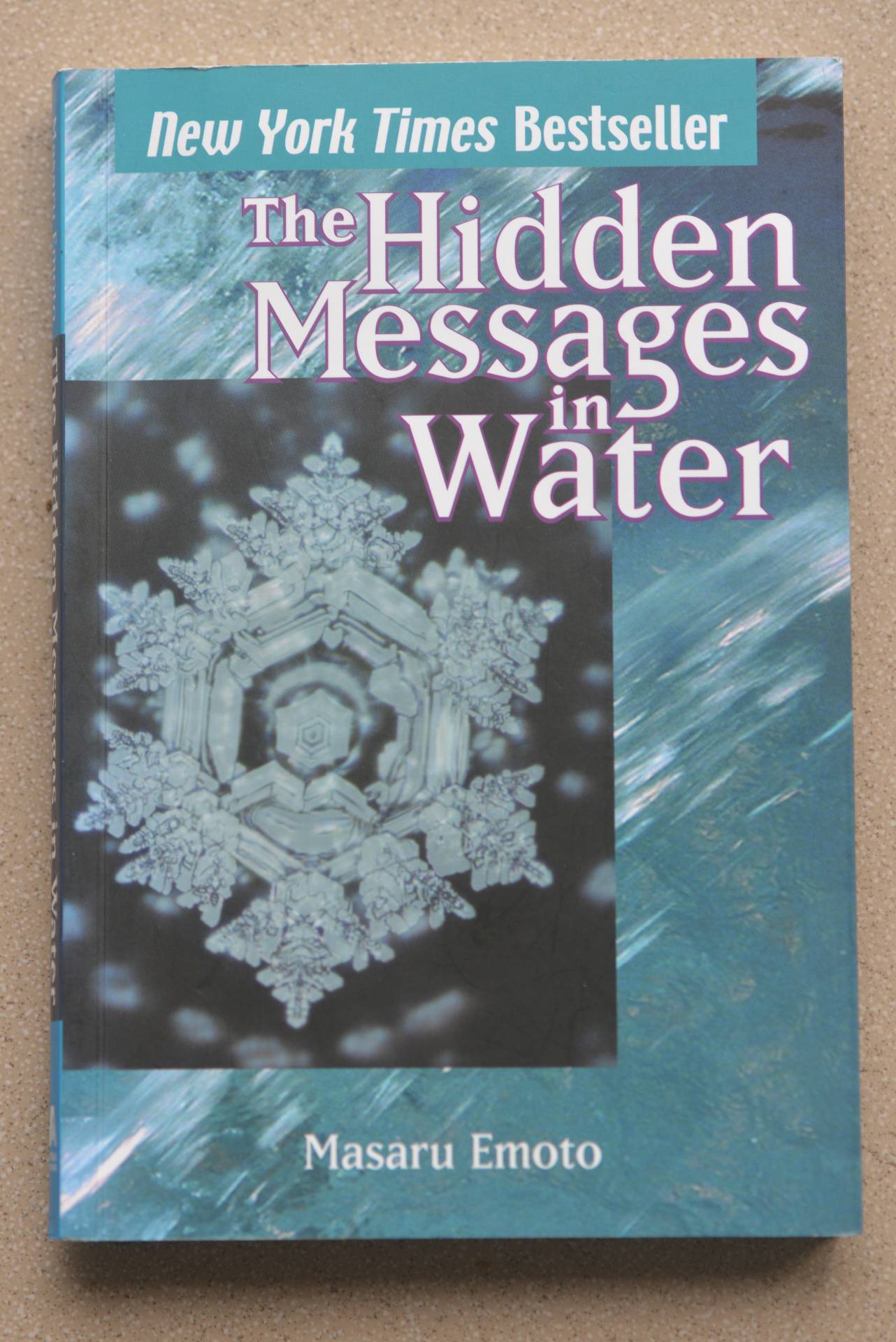
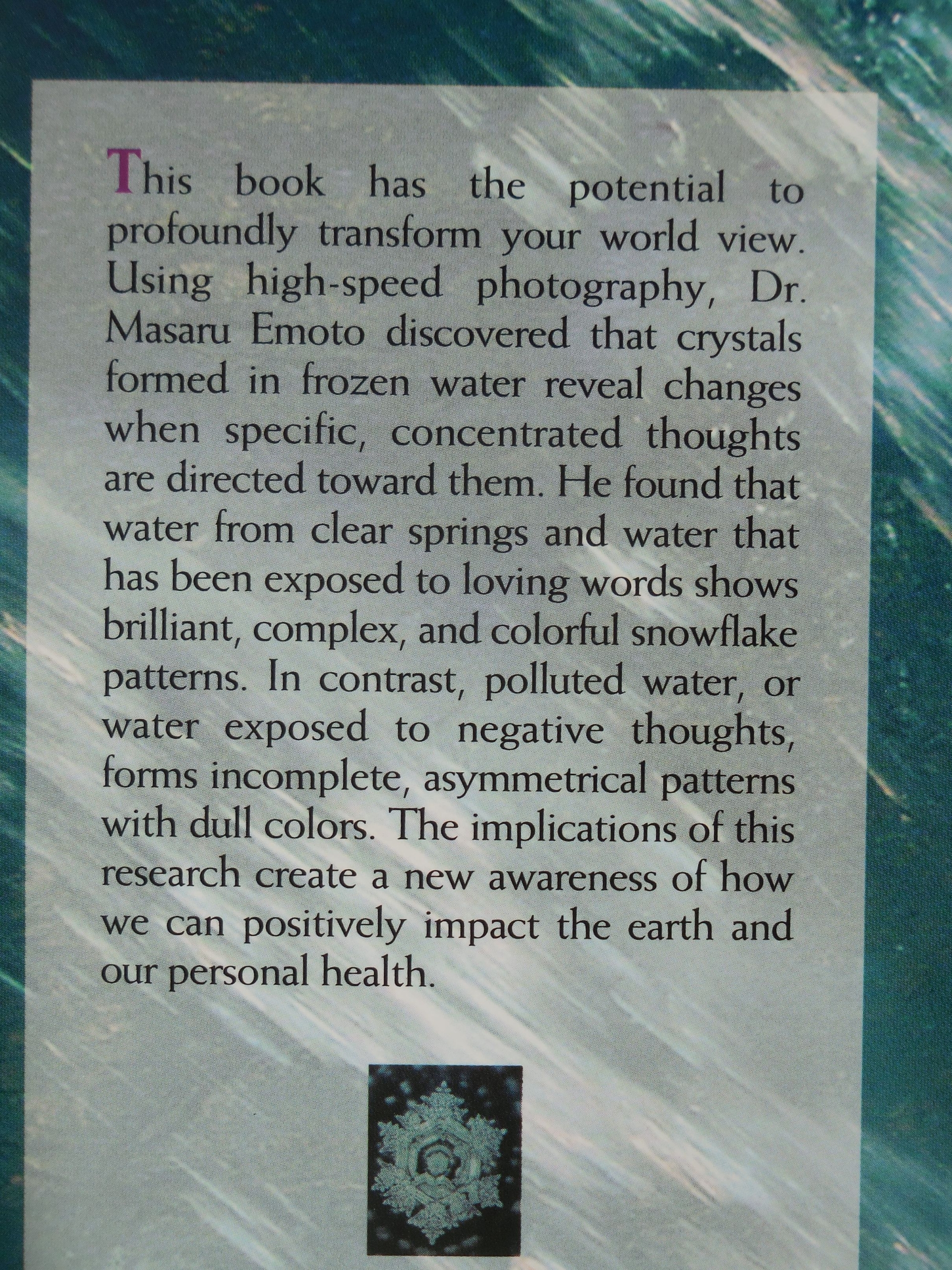
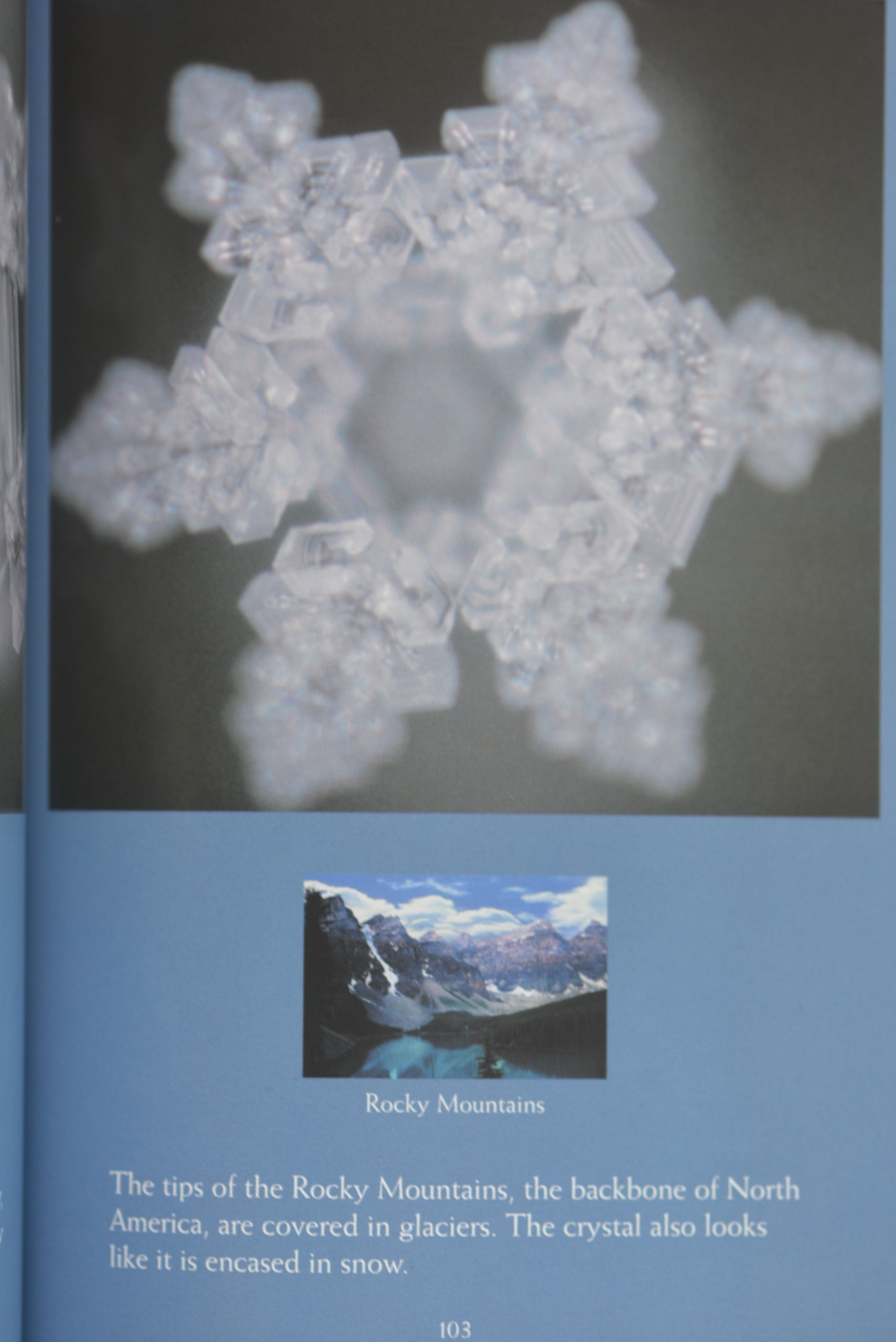
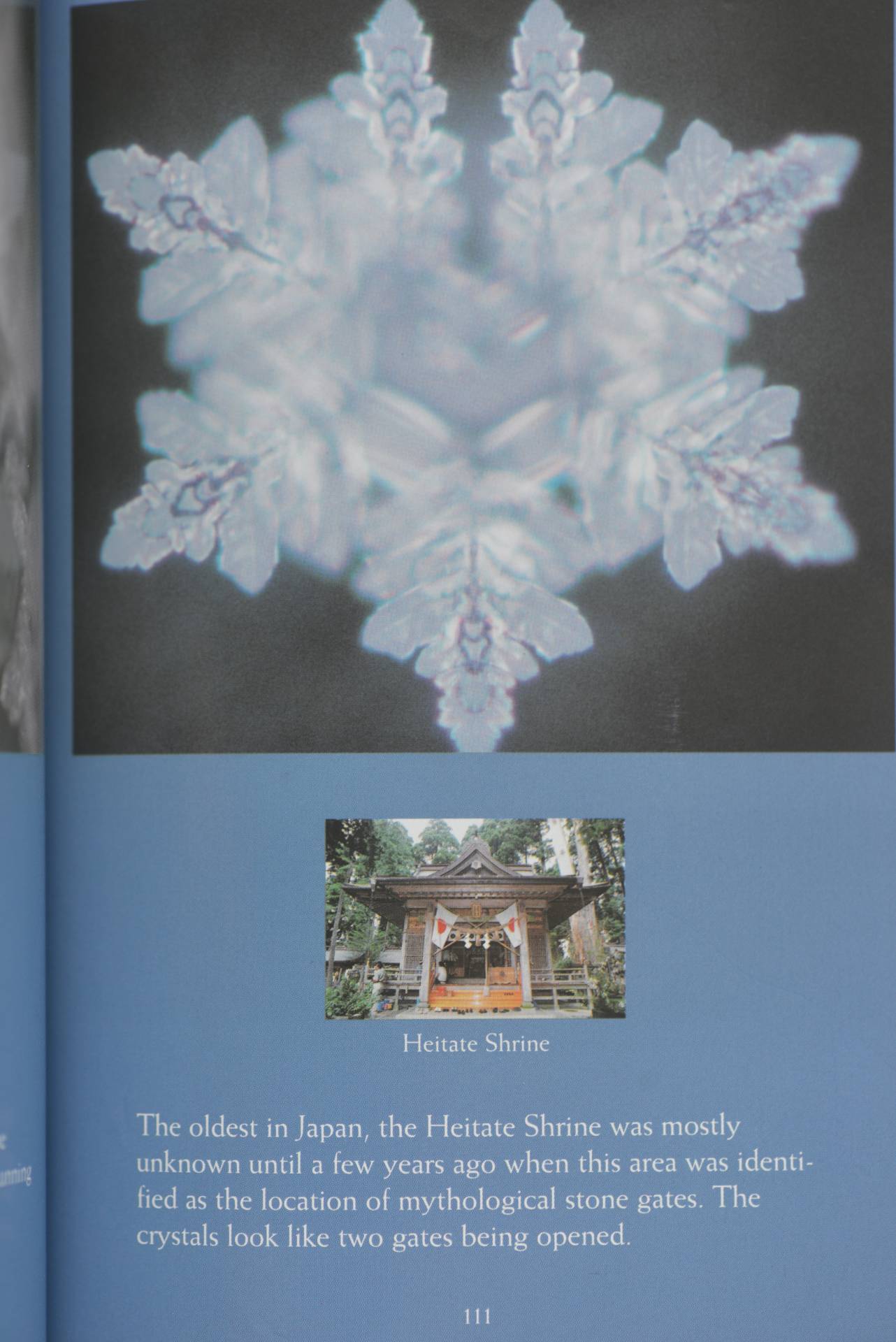
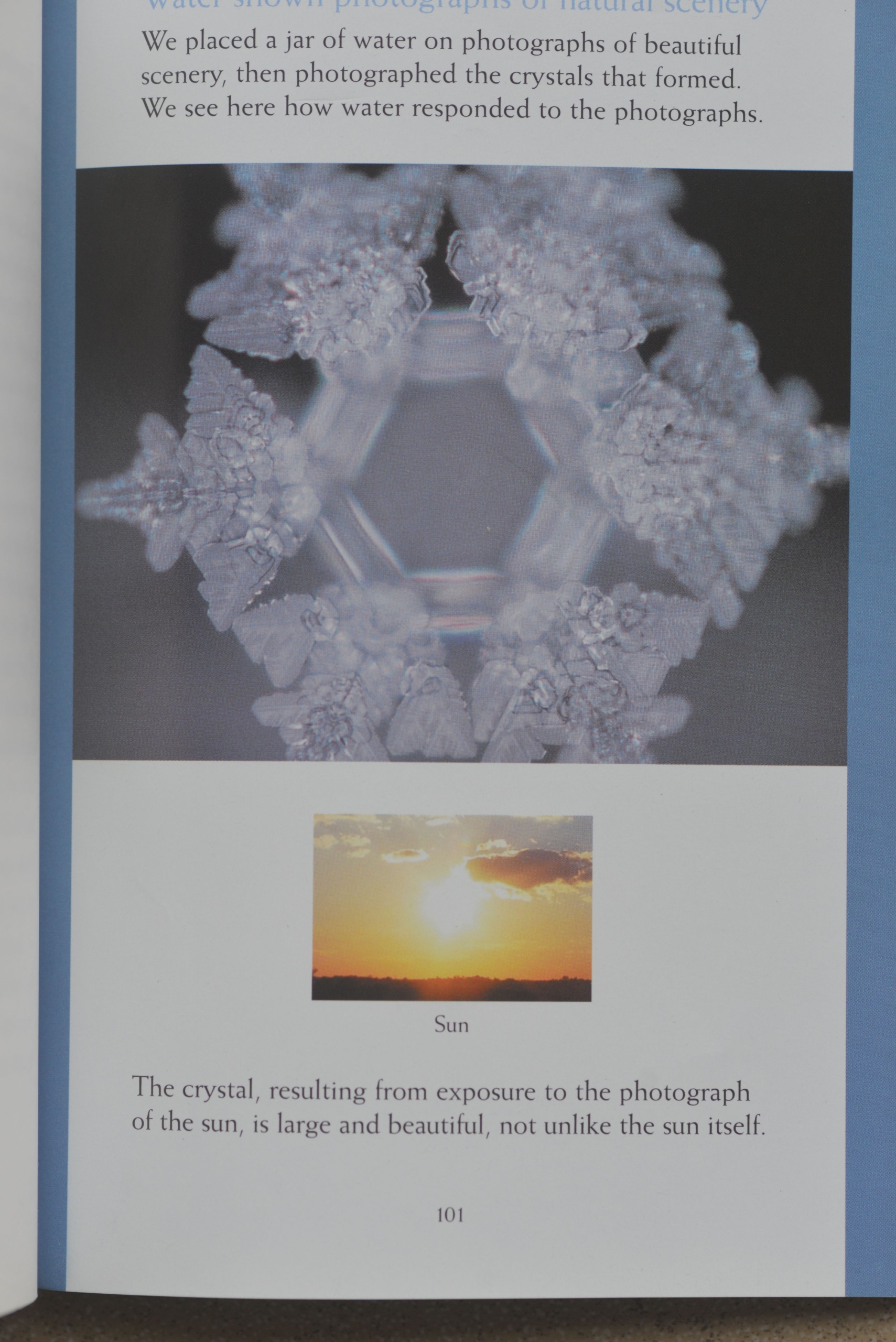 Photo 4. Photo sunset and crystal
Photo 4. Photo sunset and crystal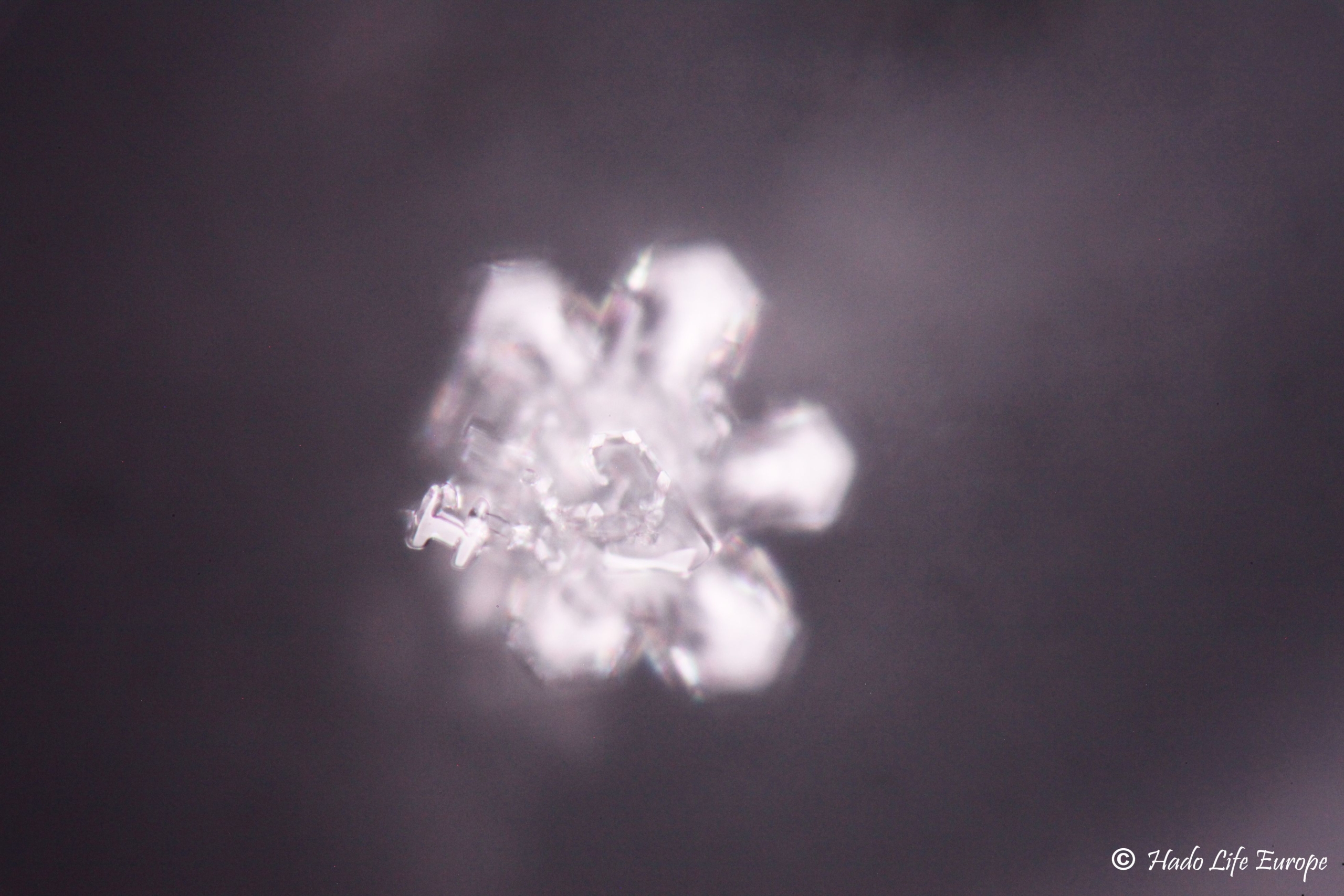
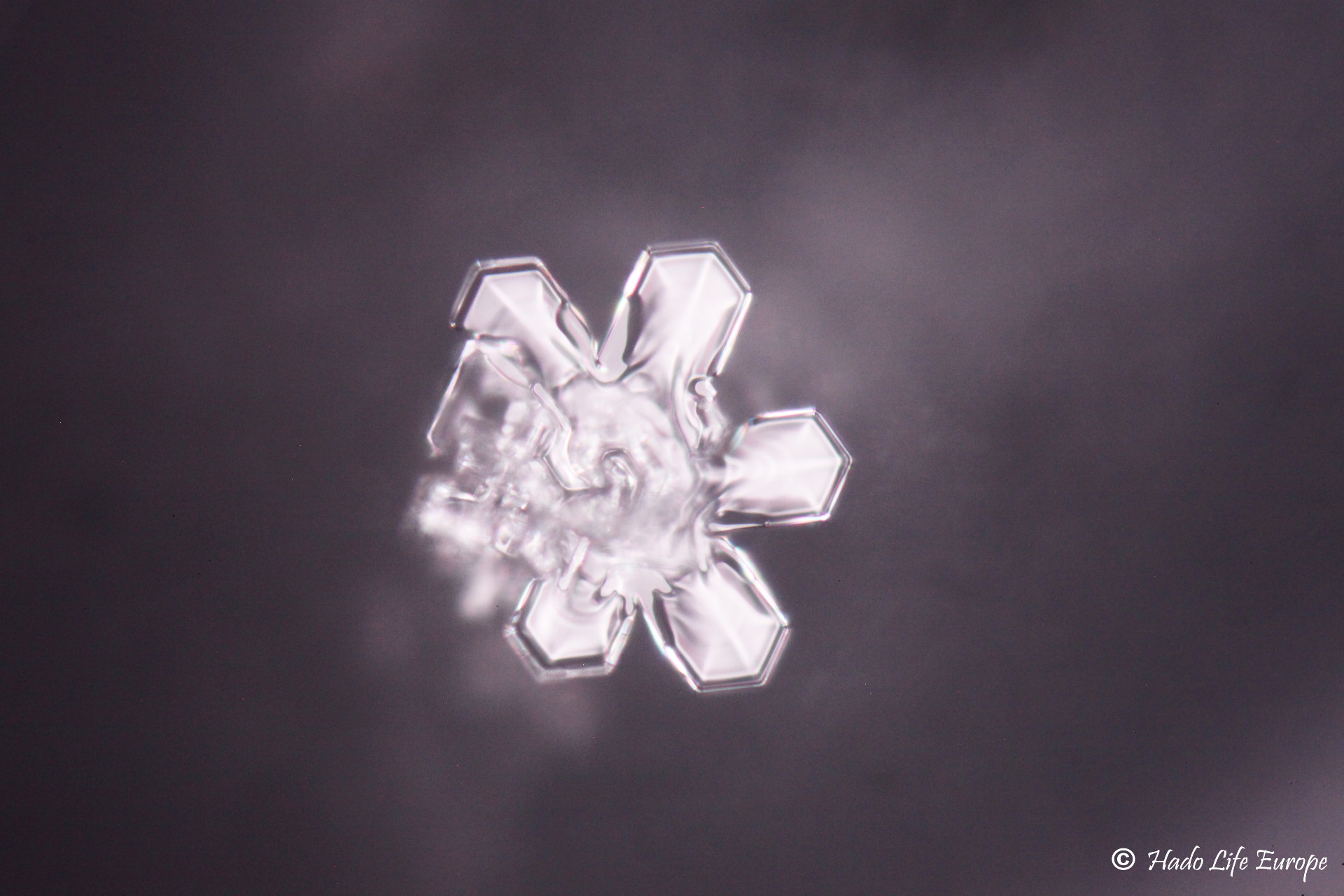
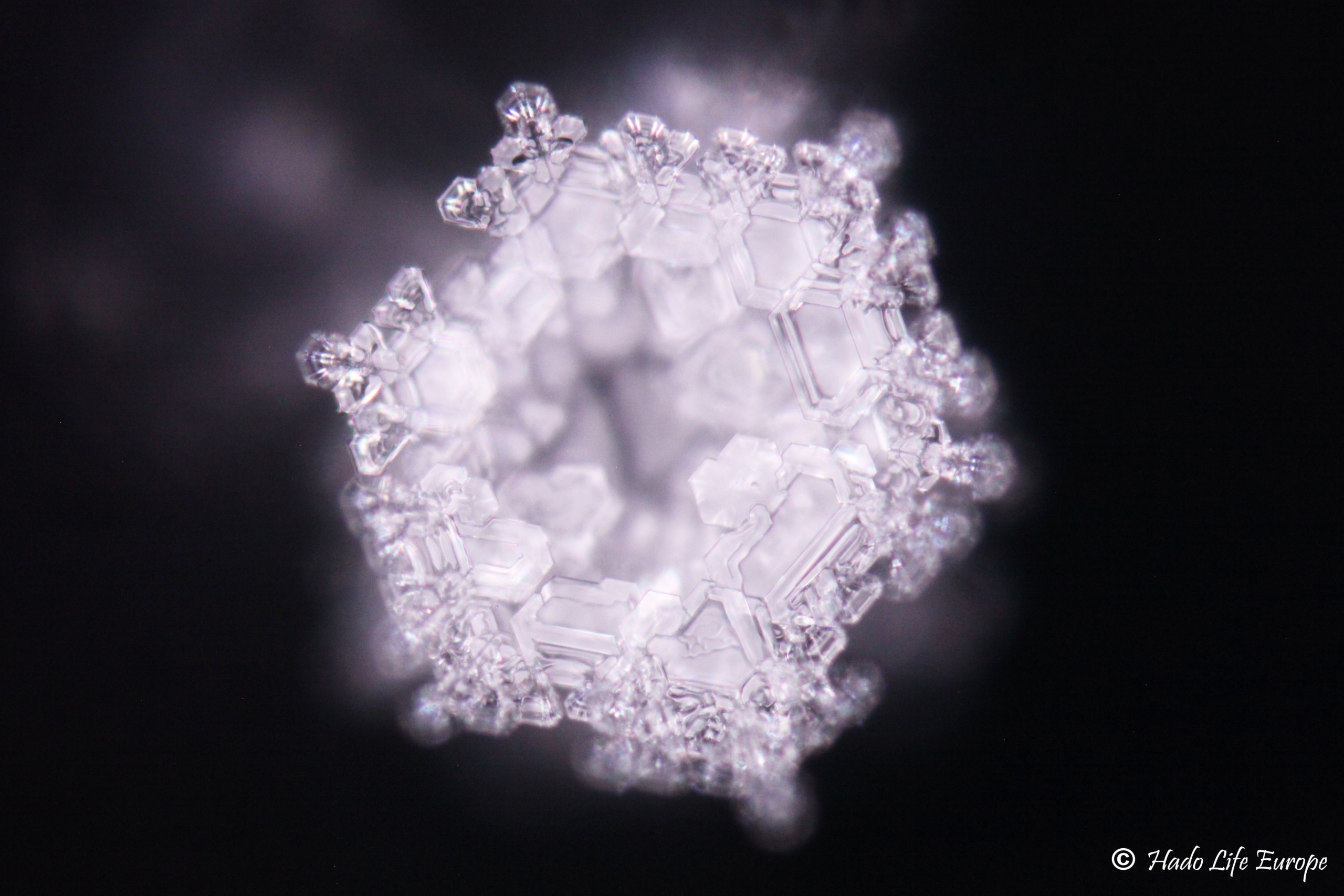
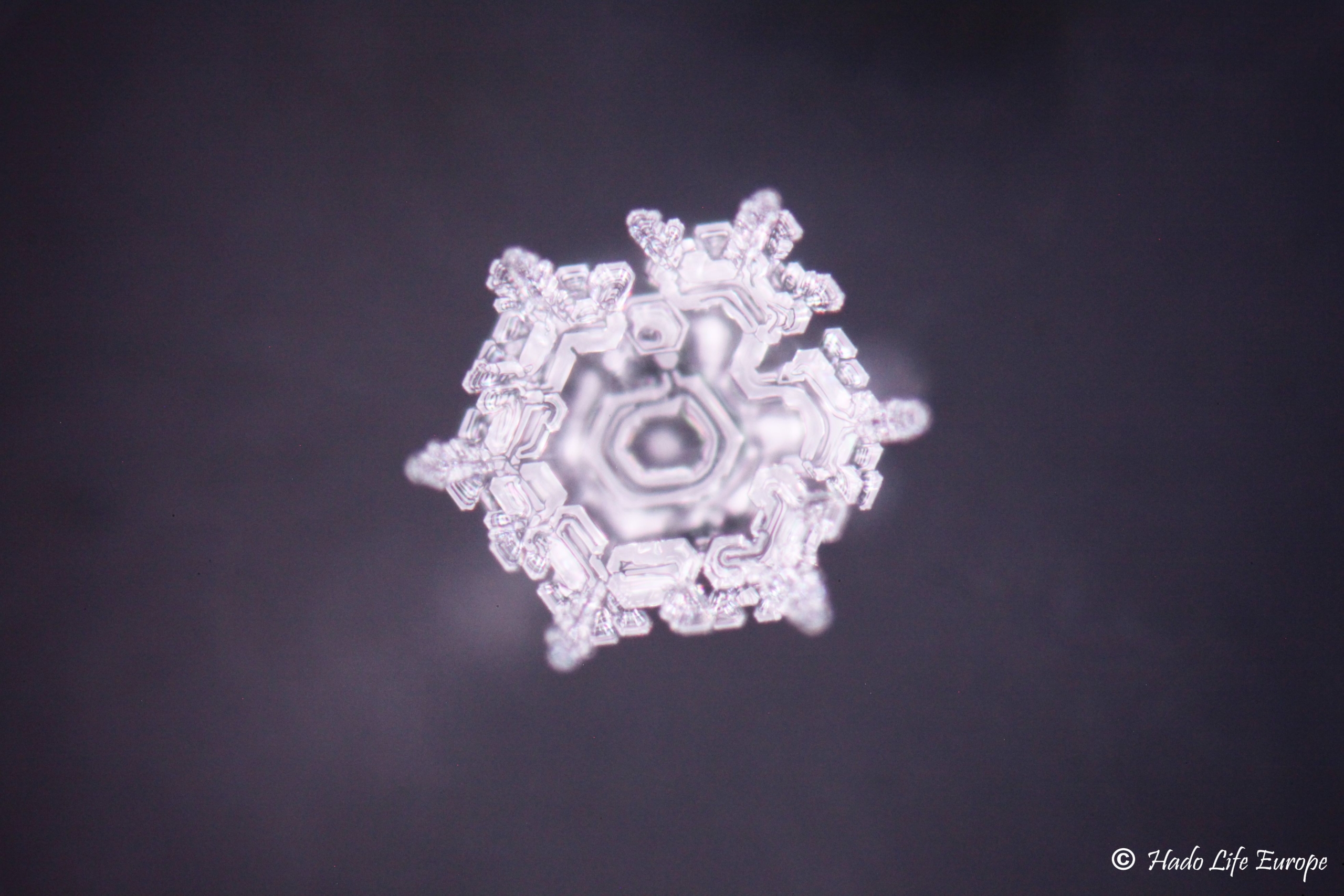
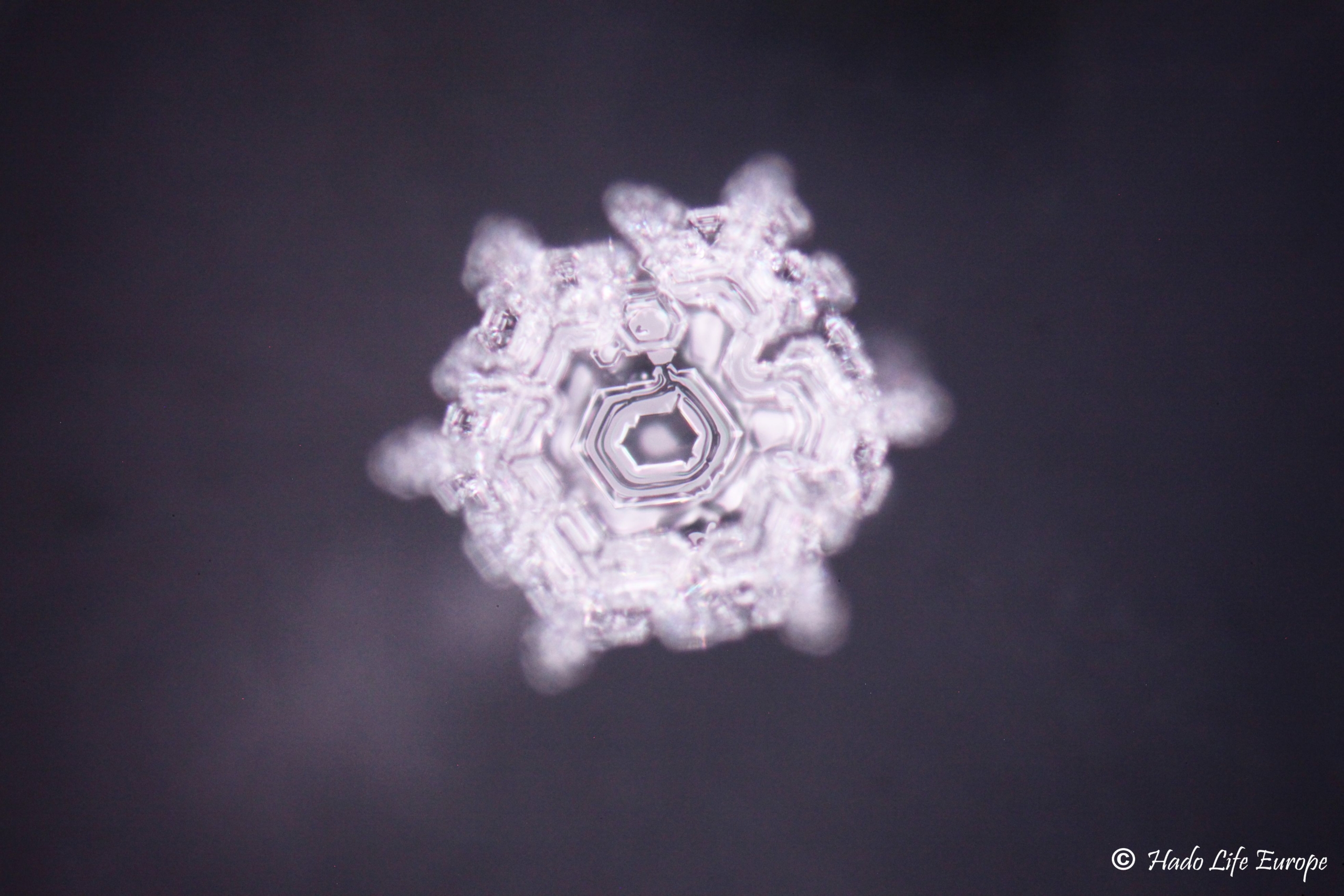
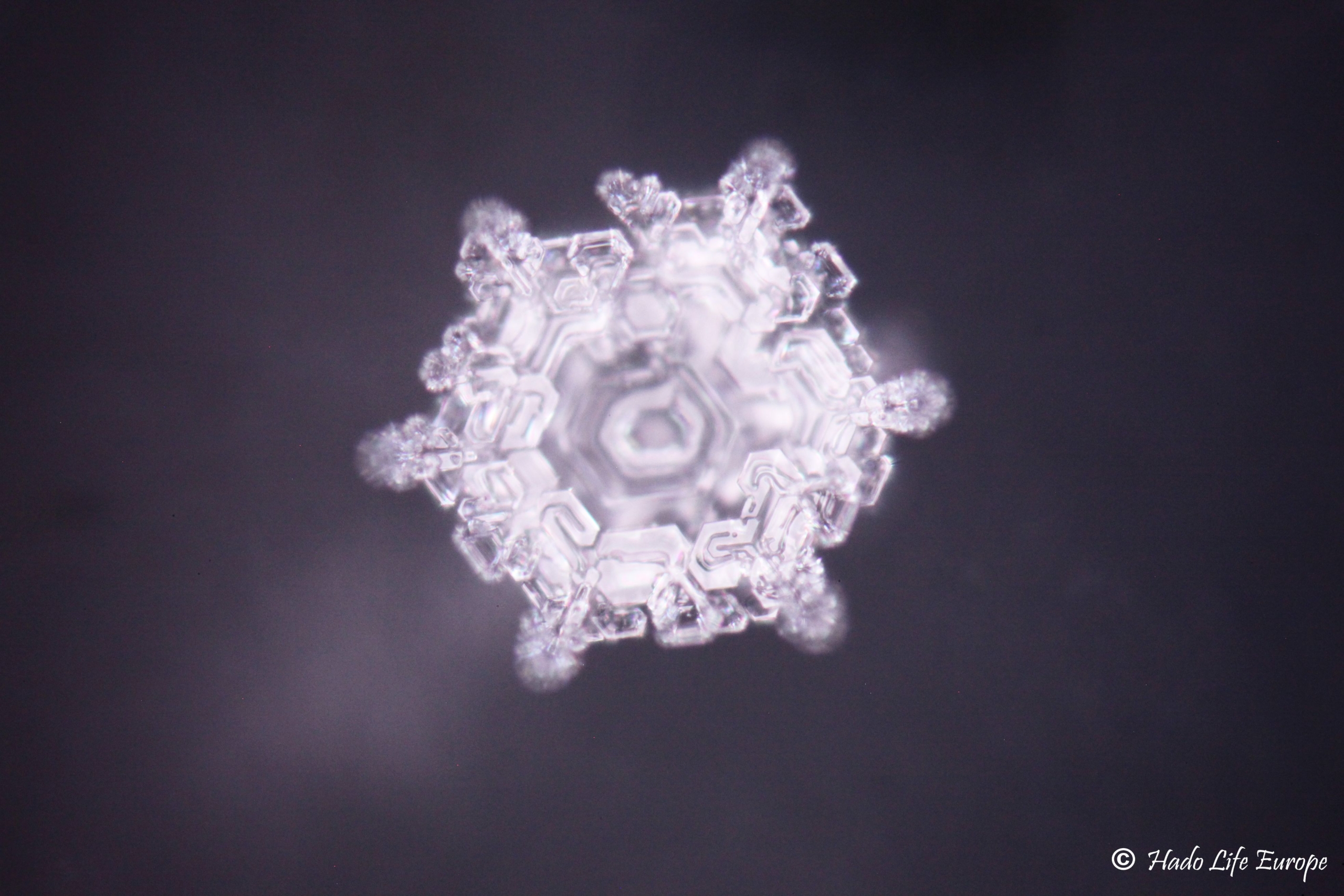
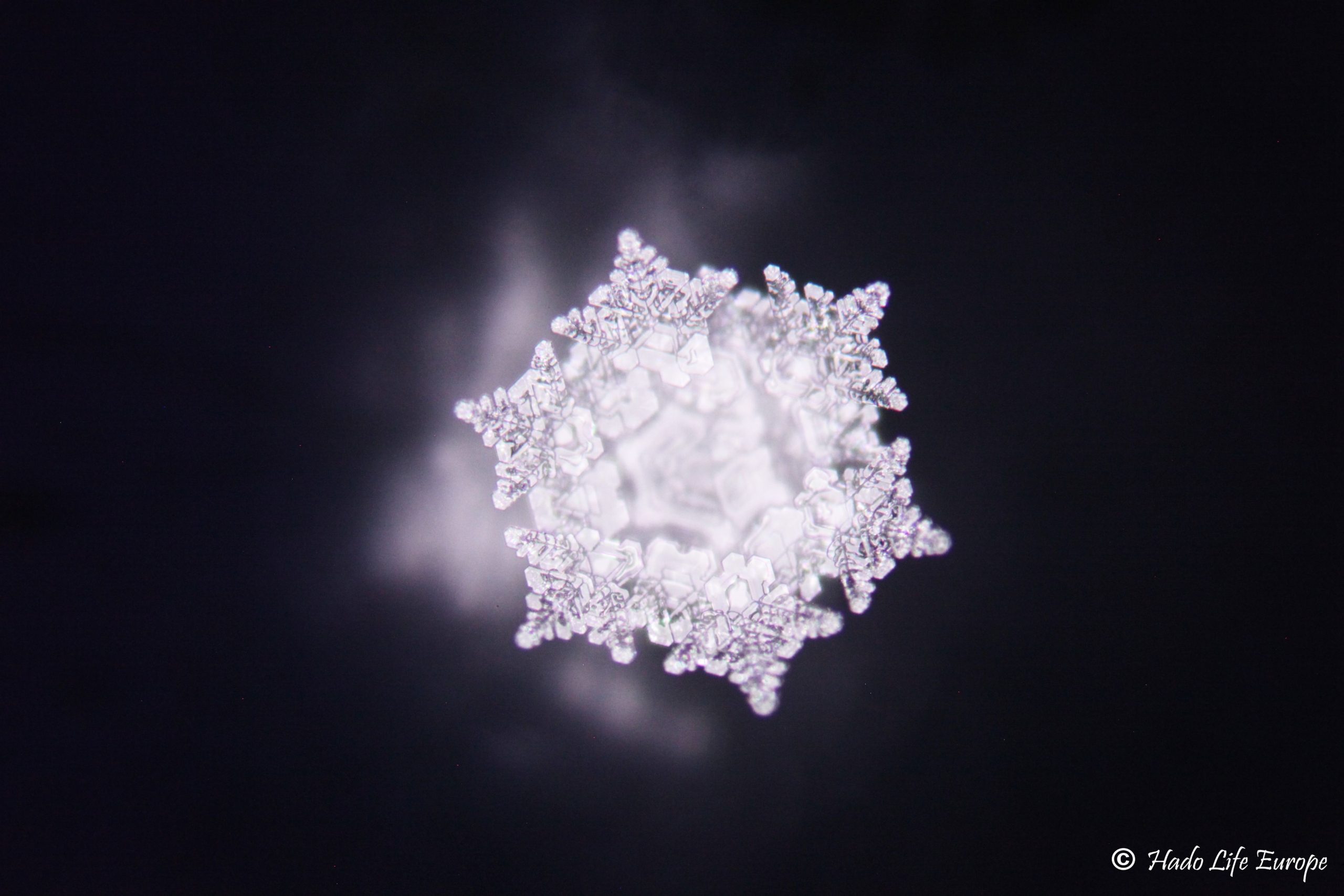
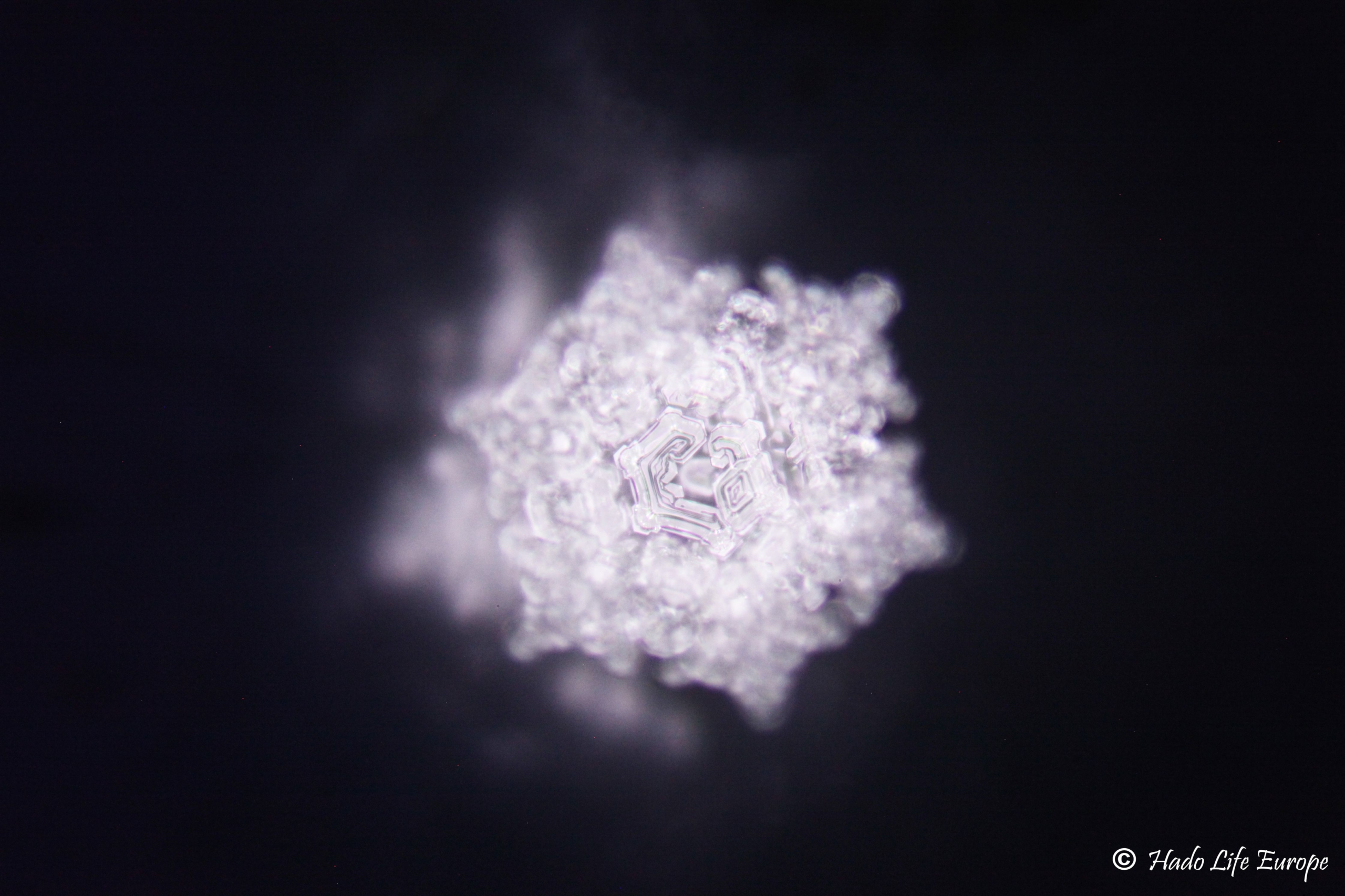
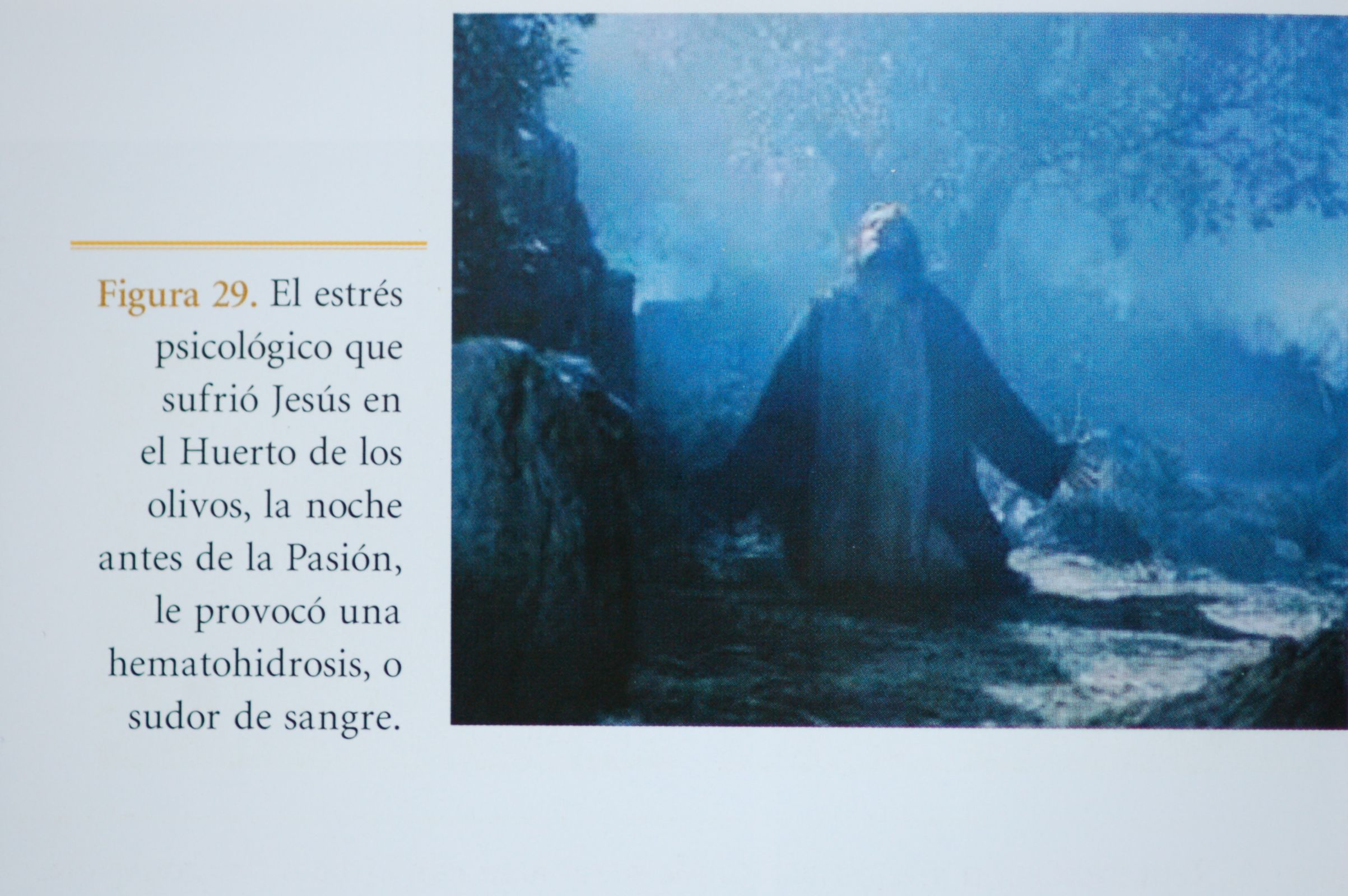
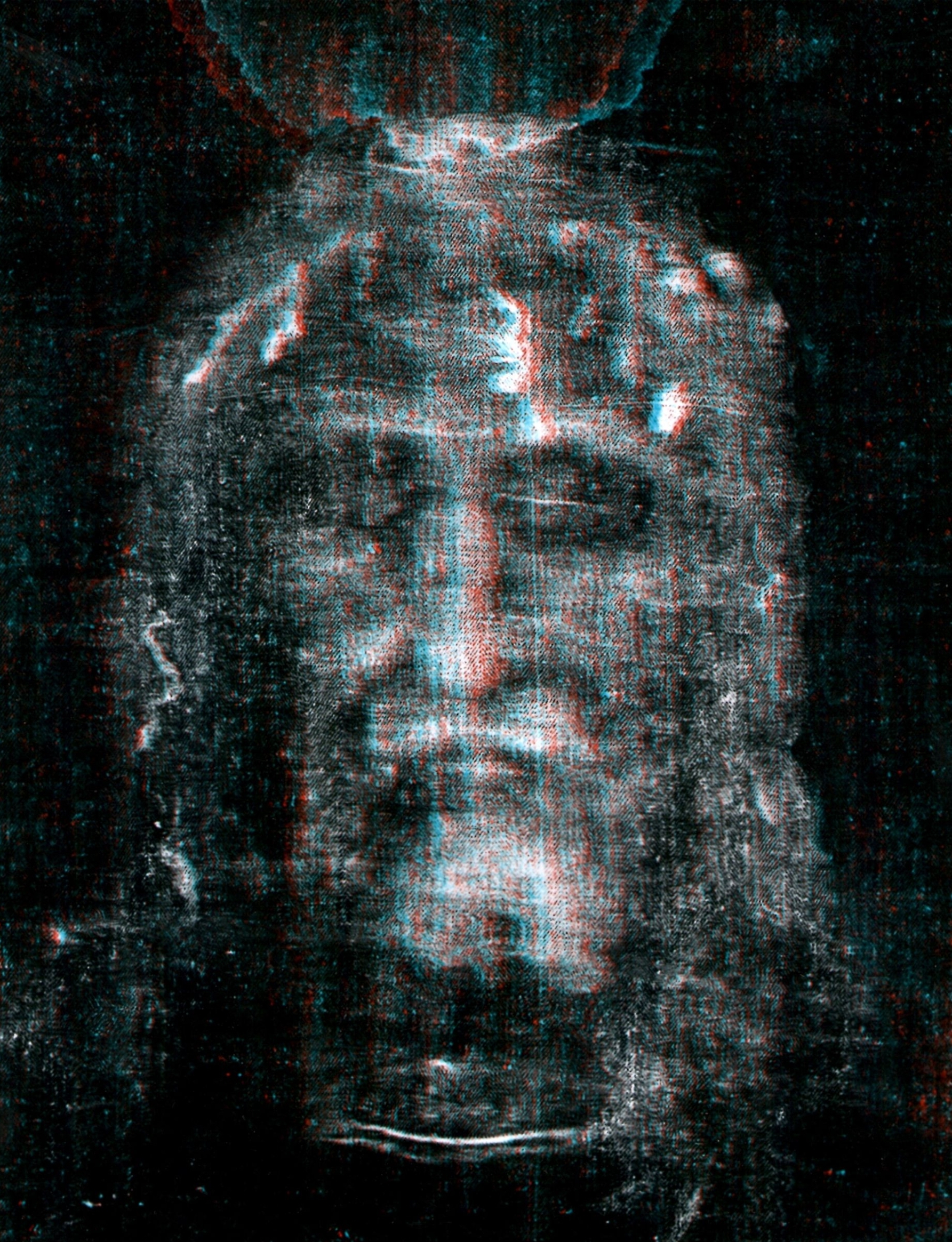
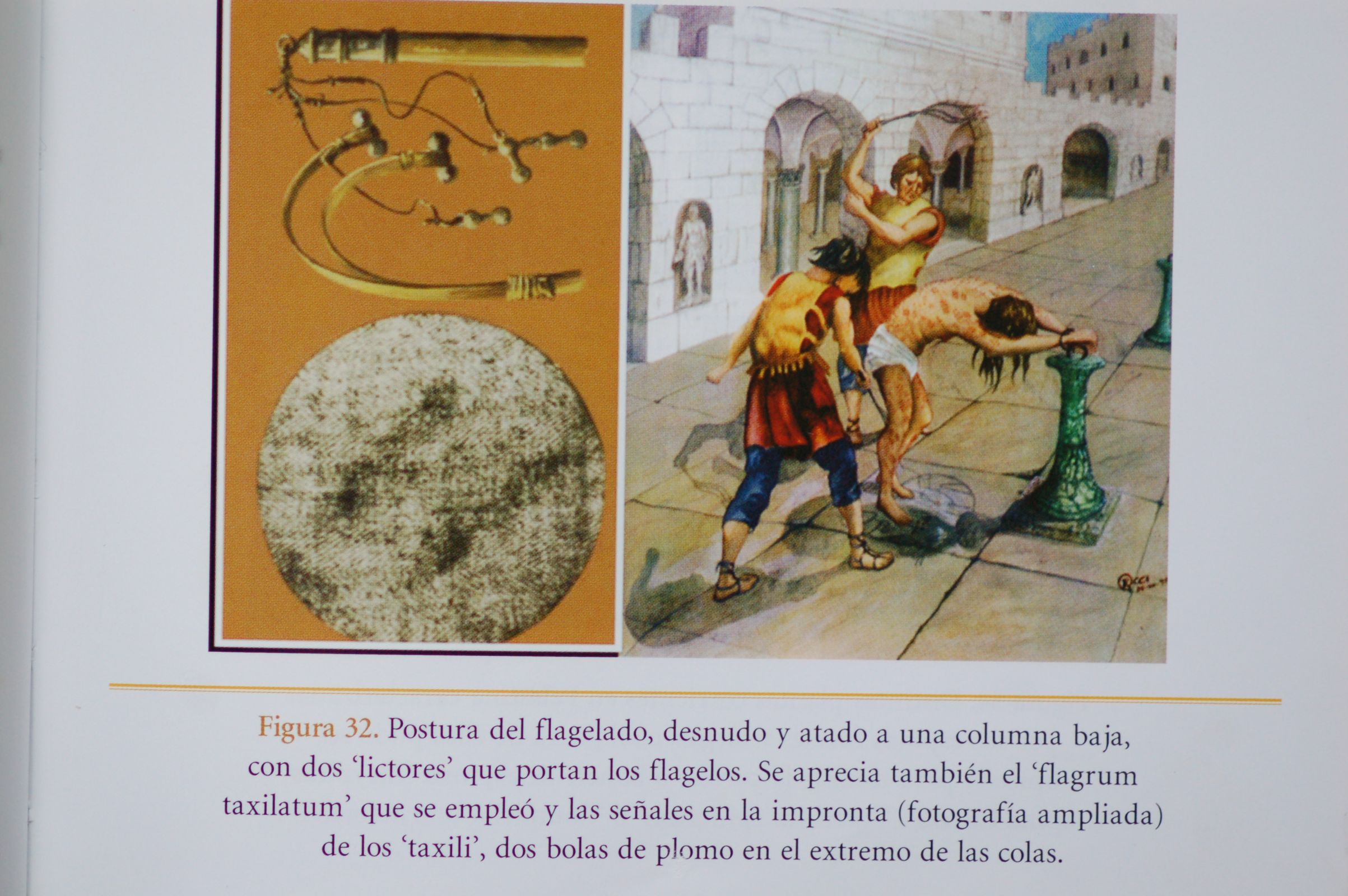
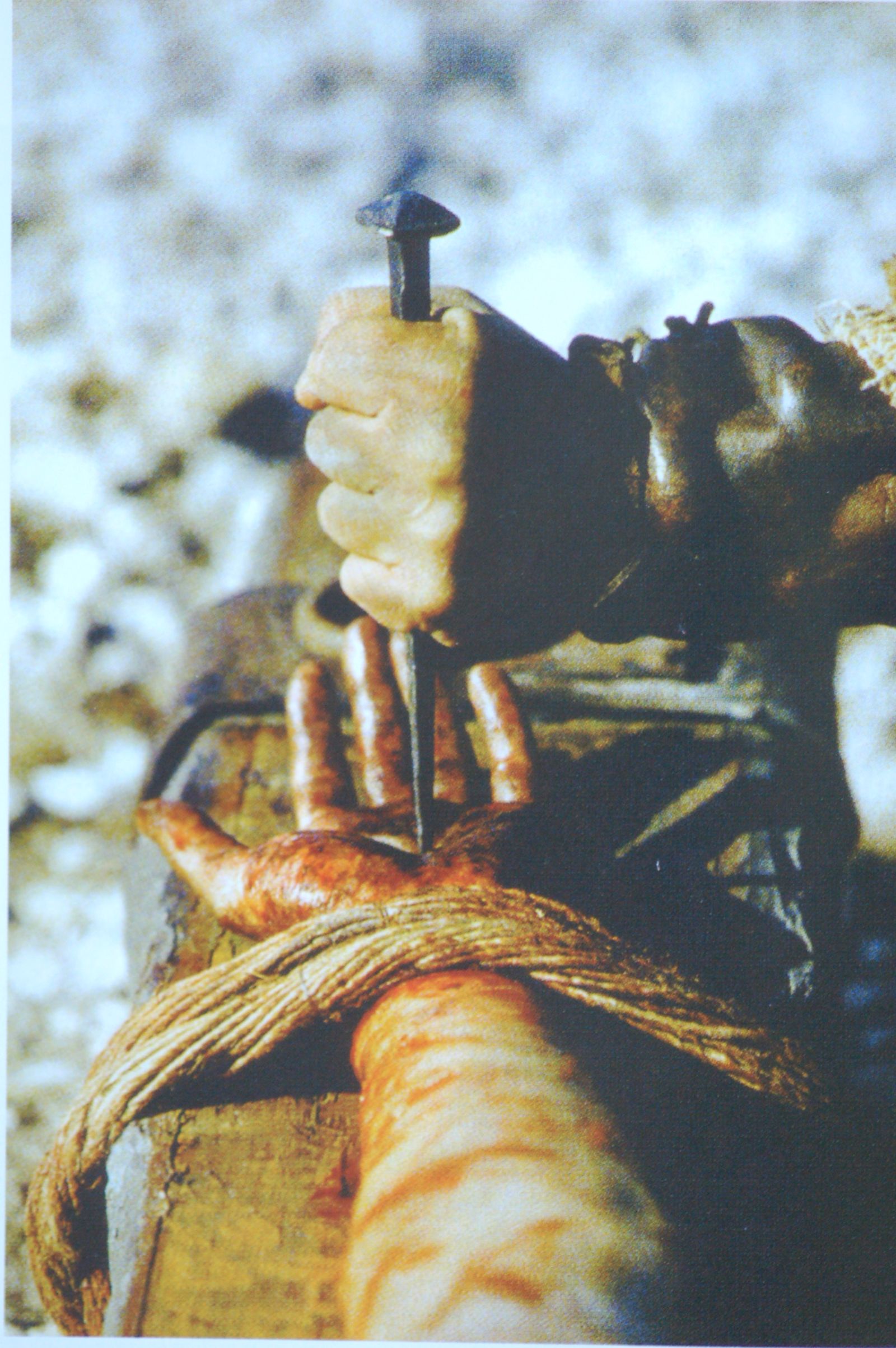
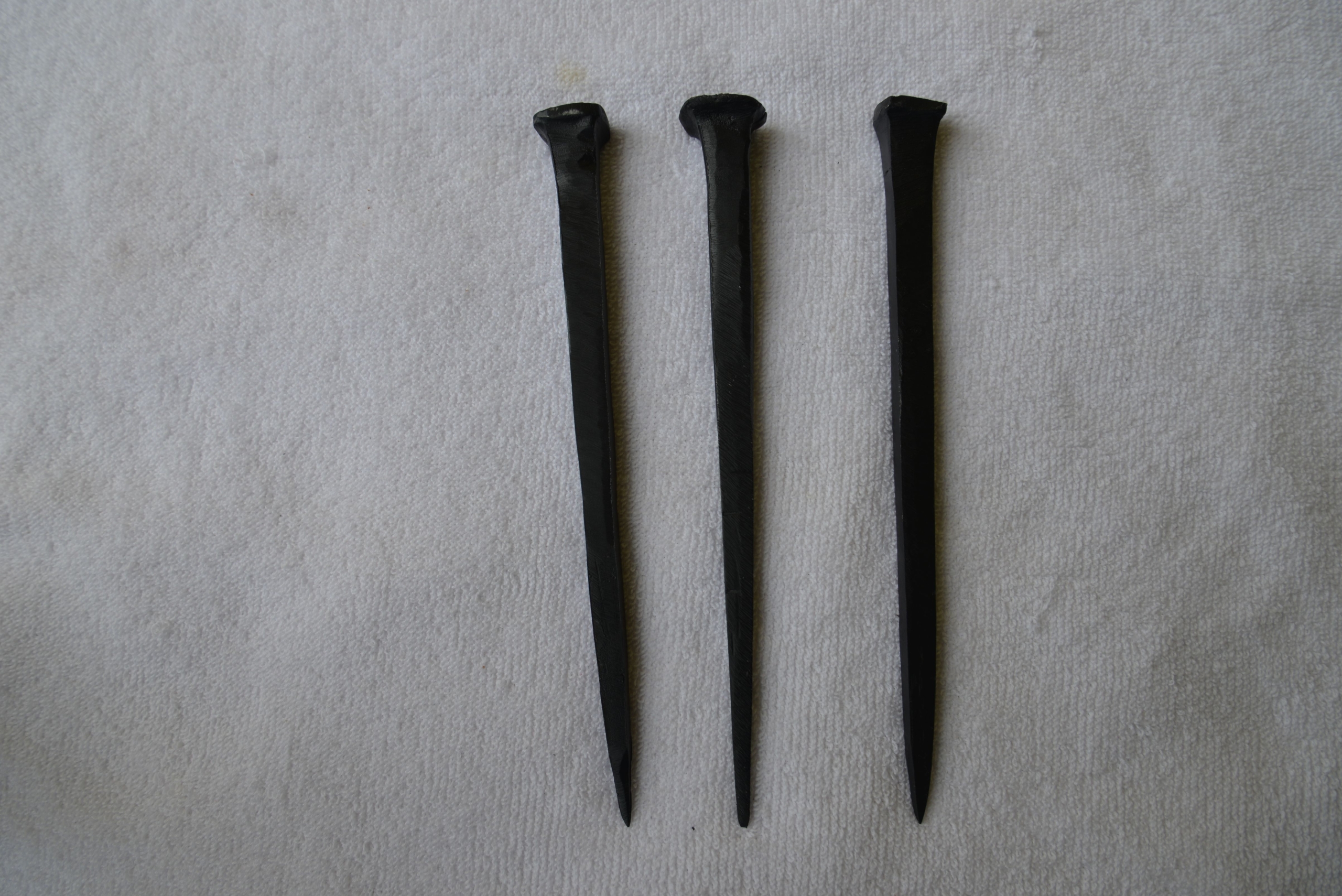
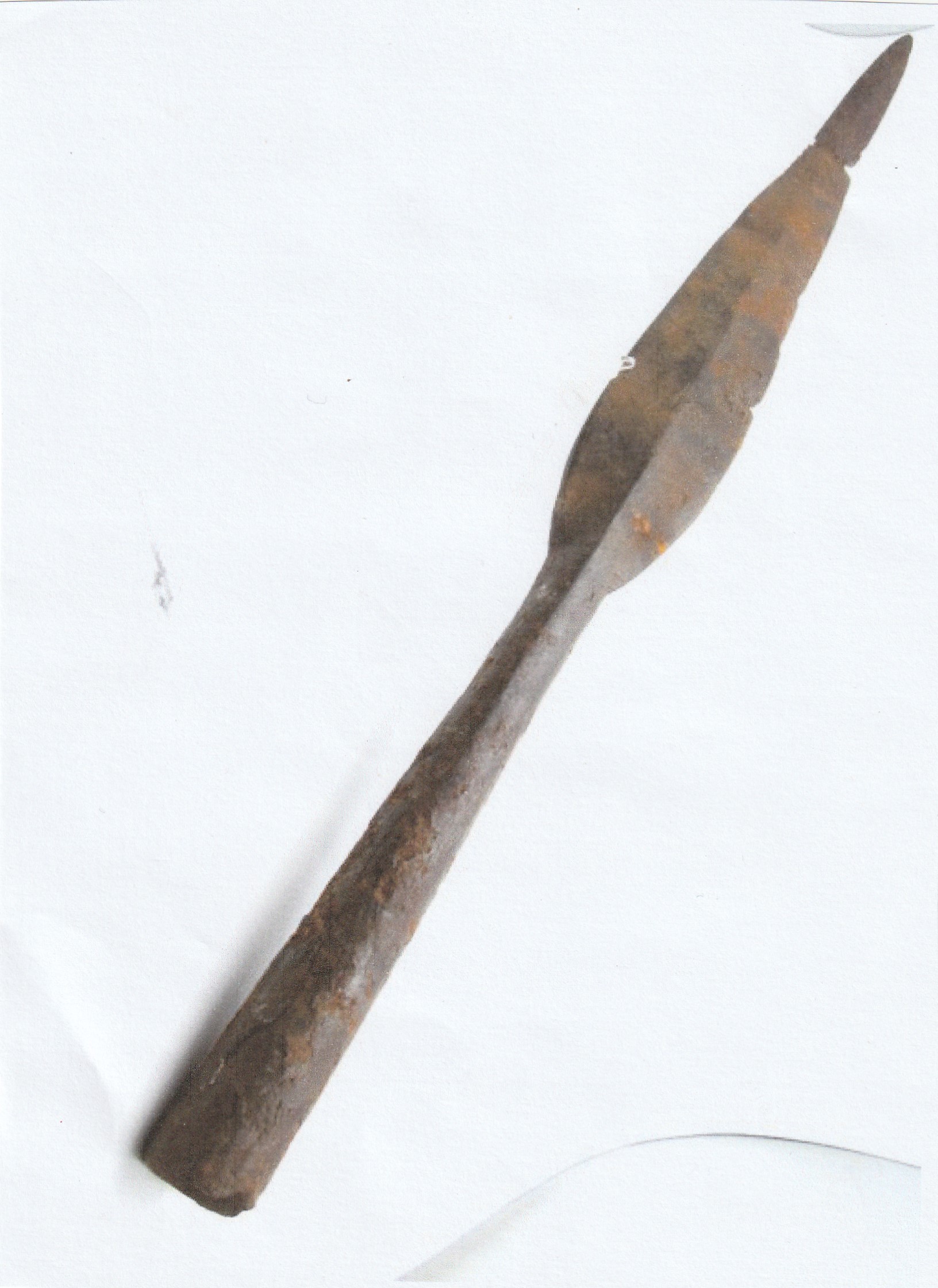
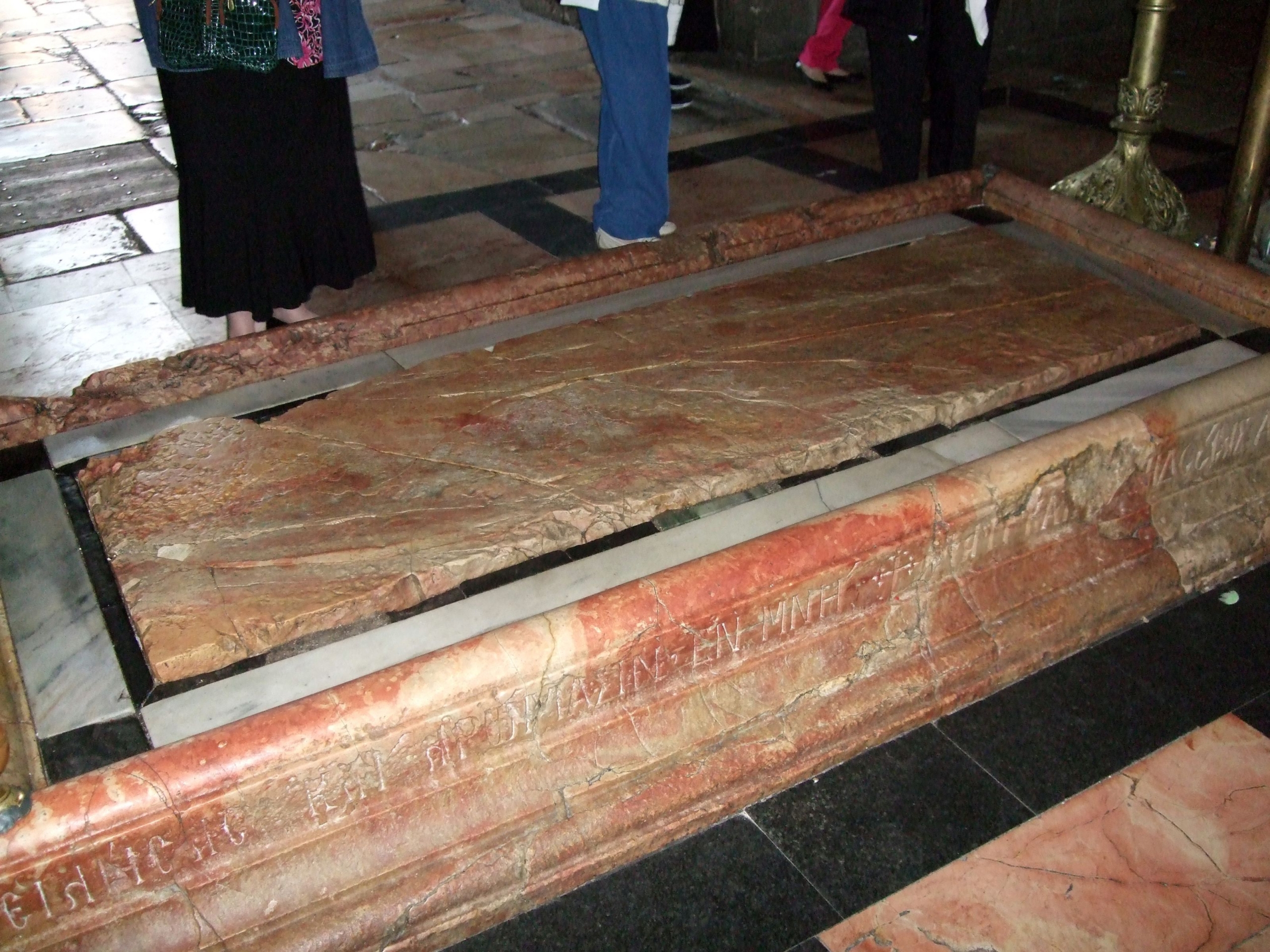
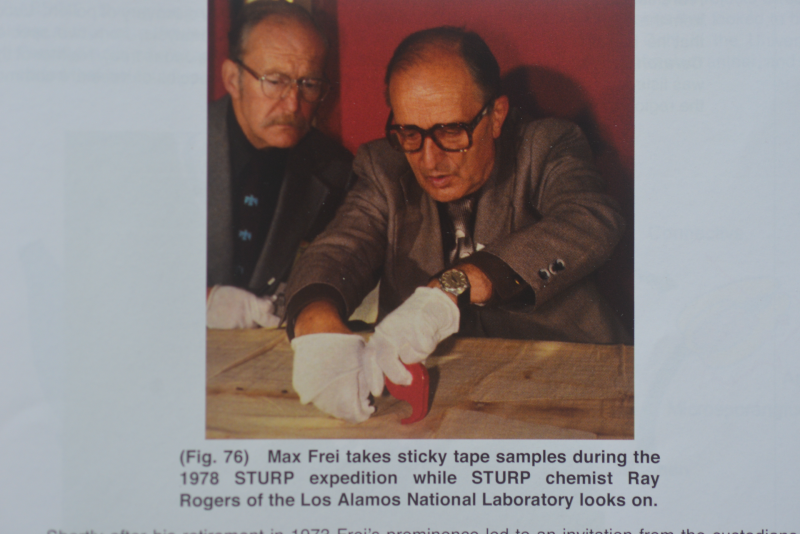
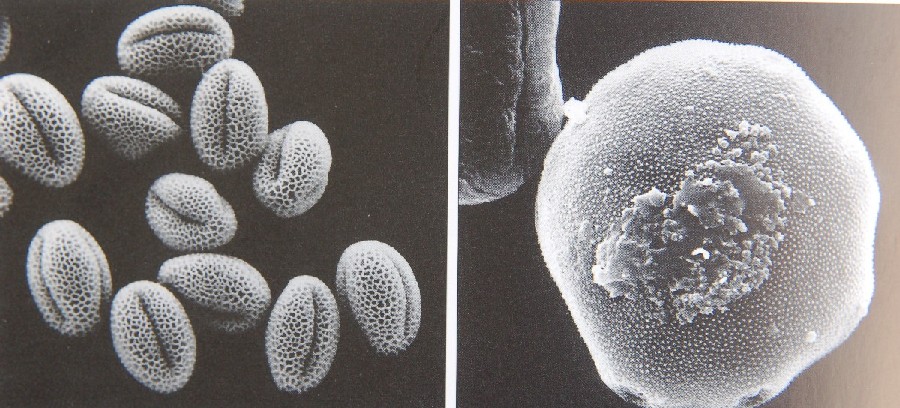
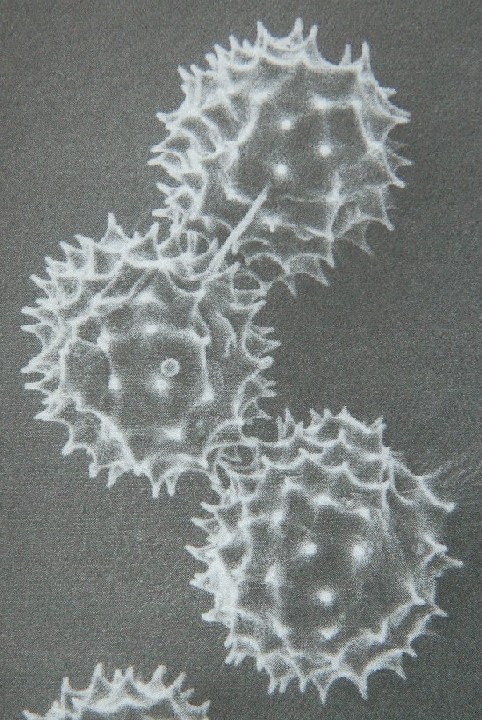
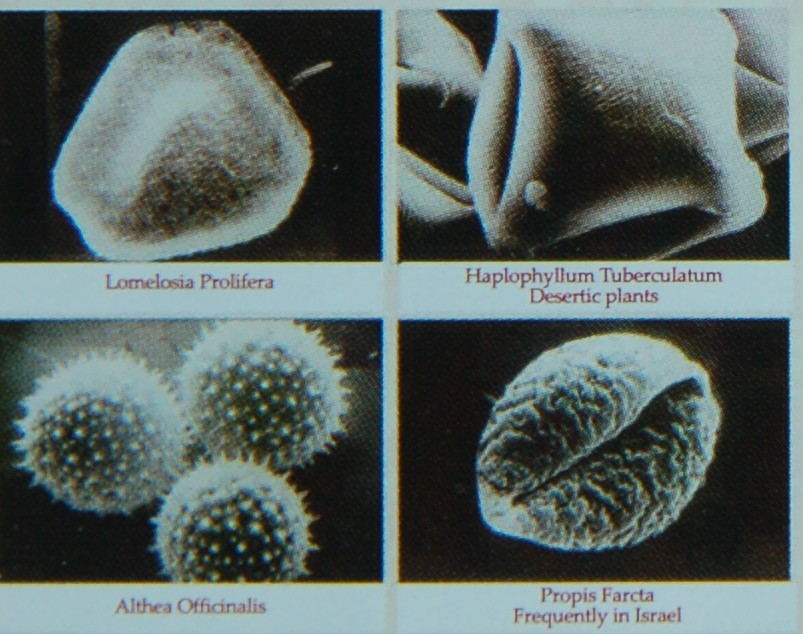
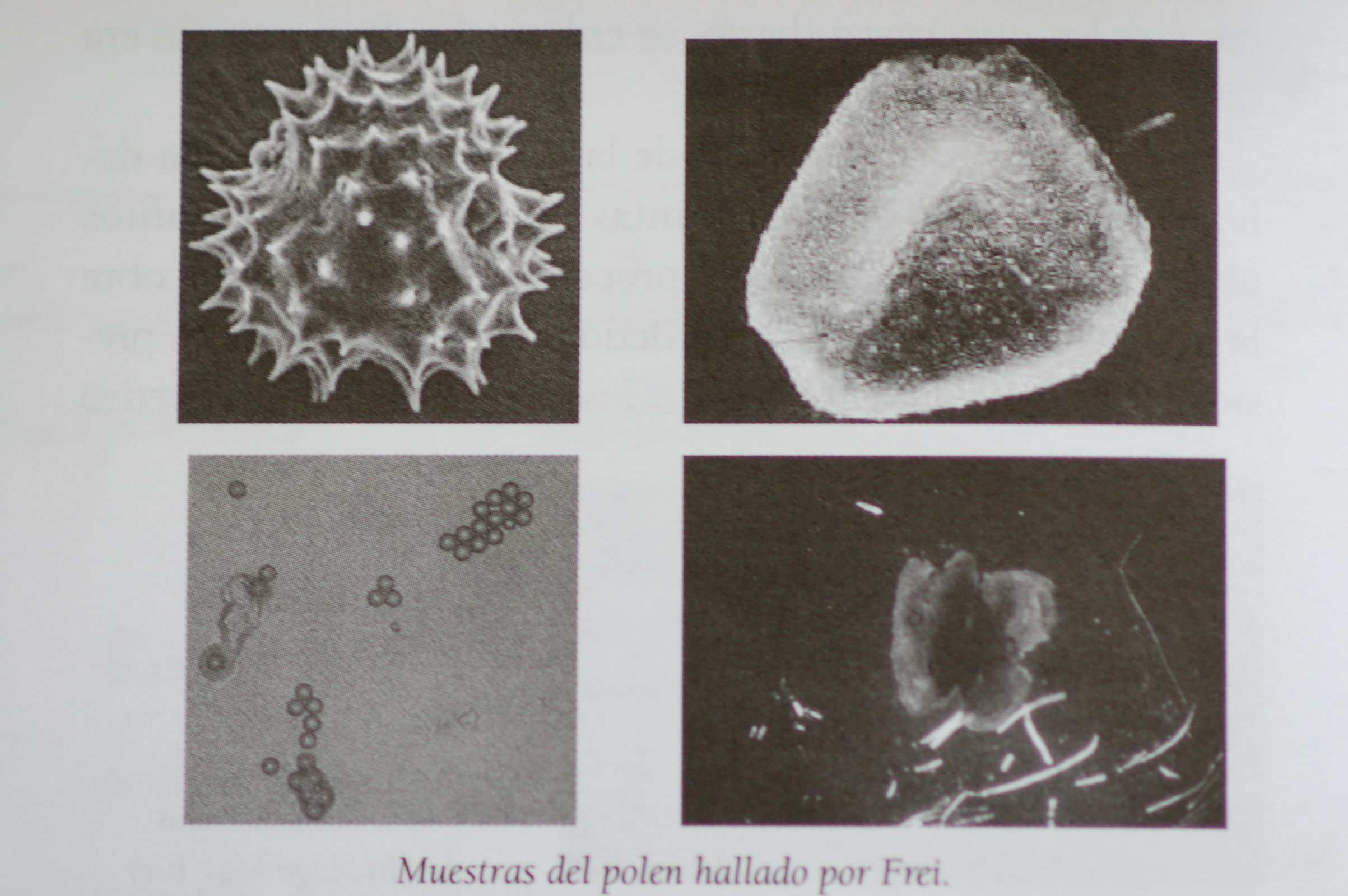
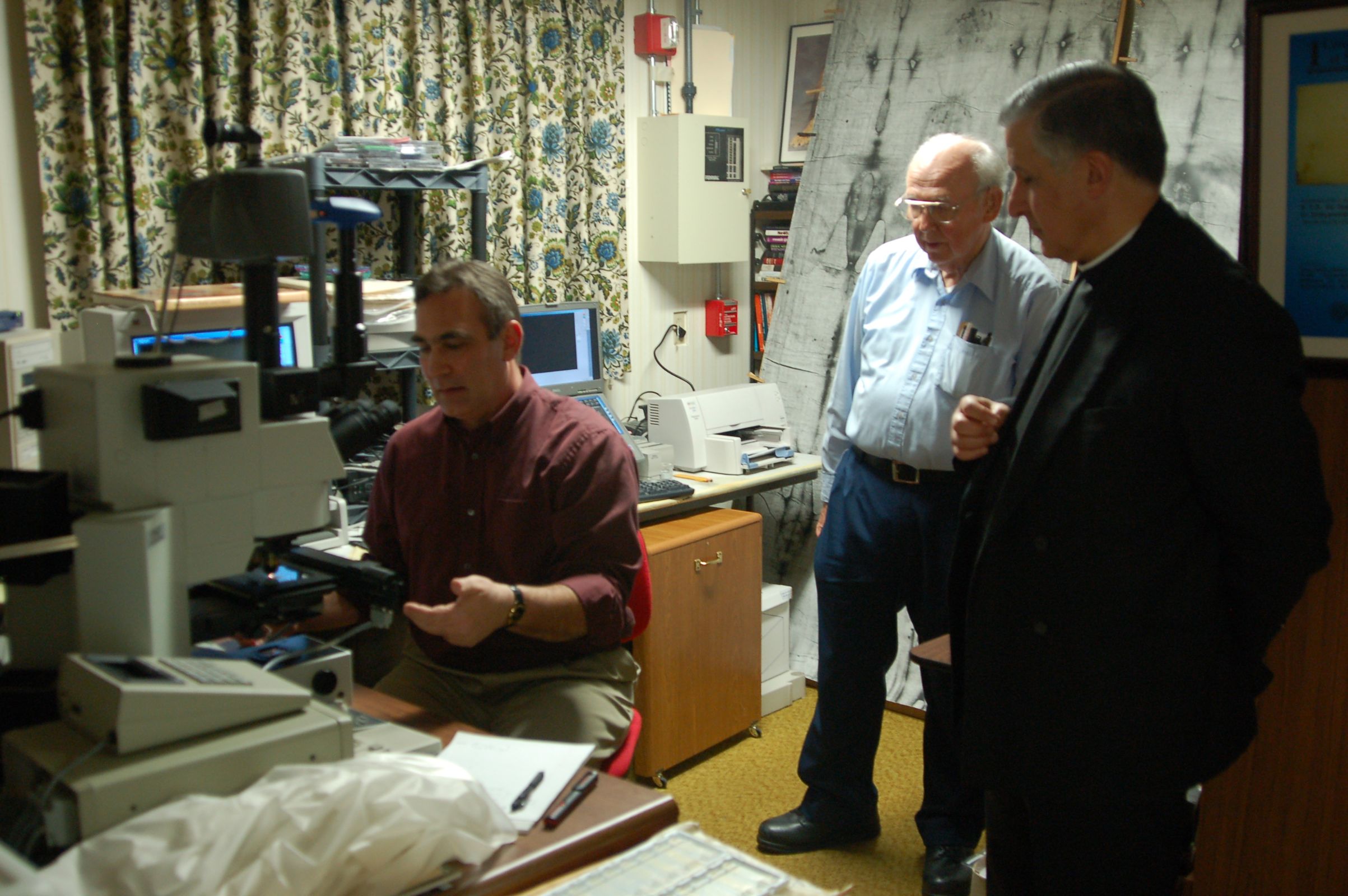
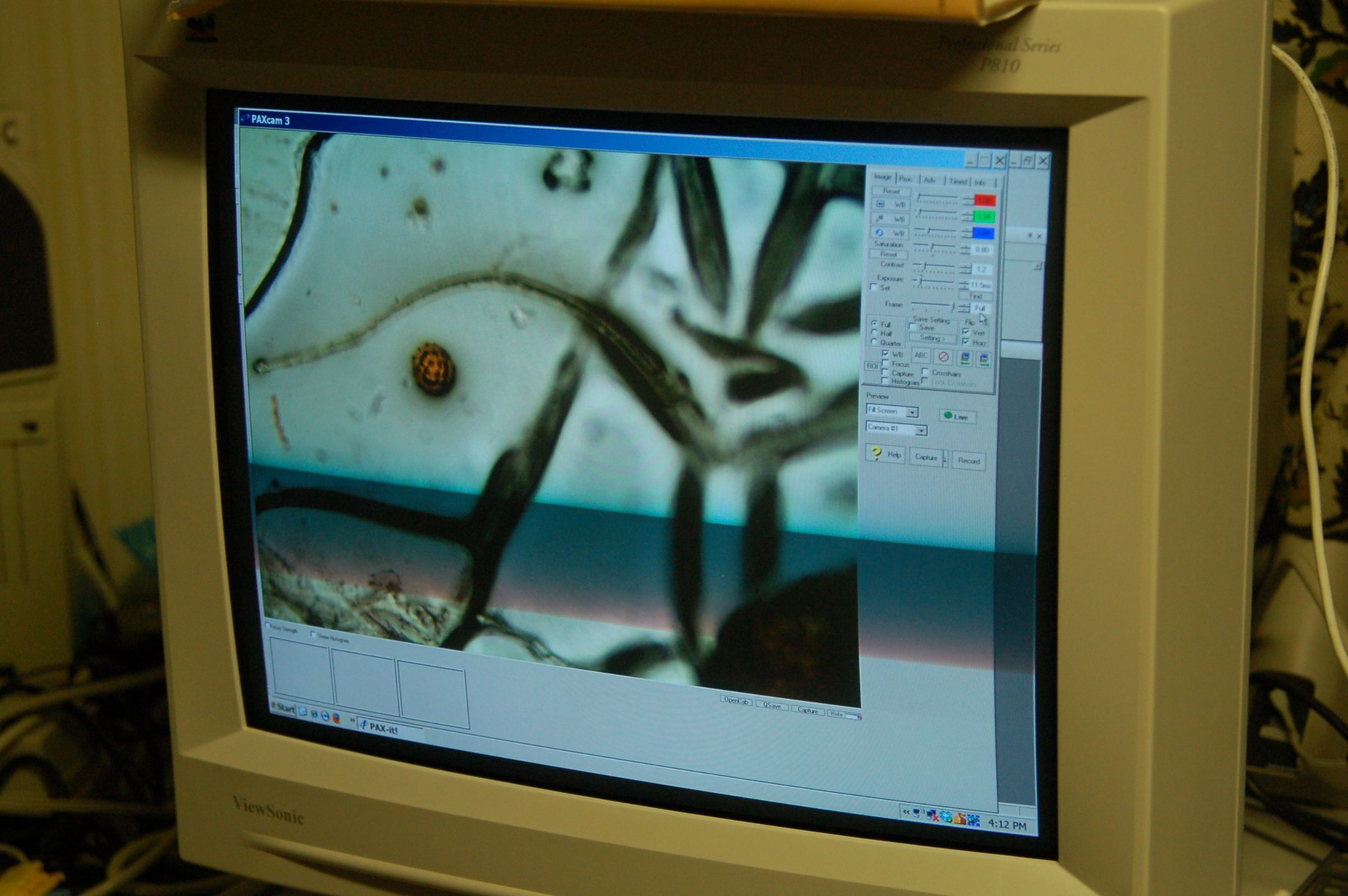
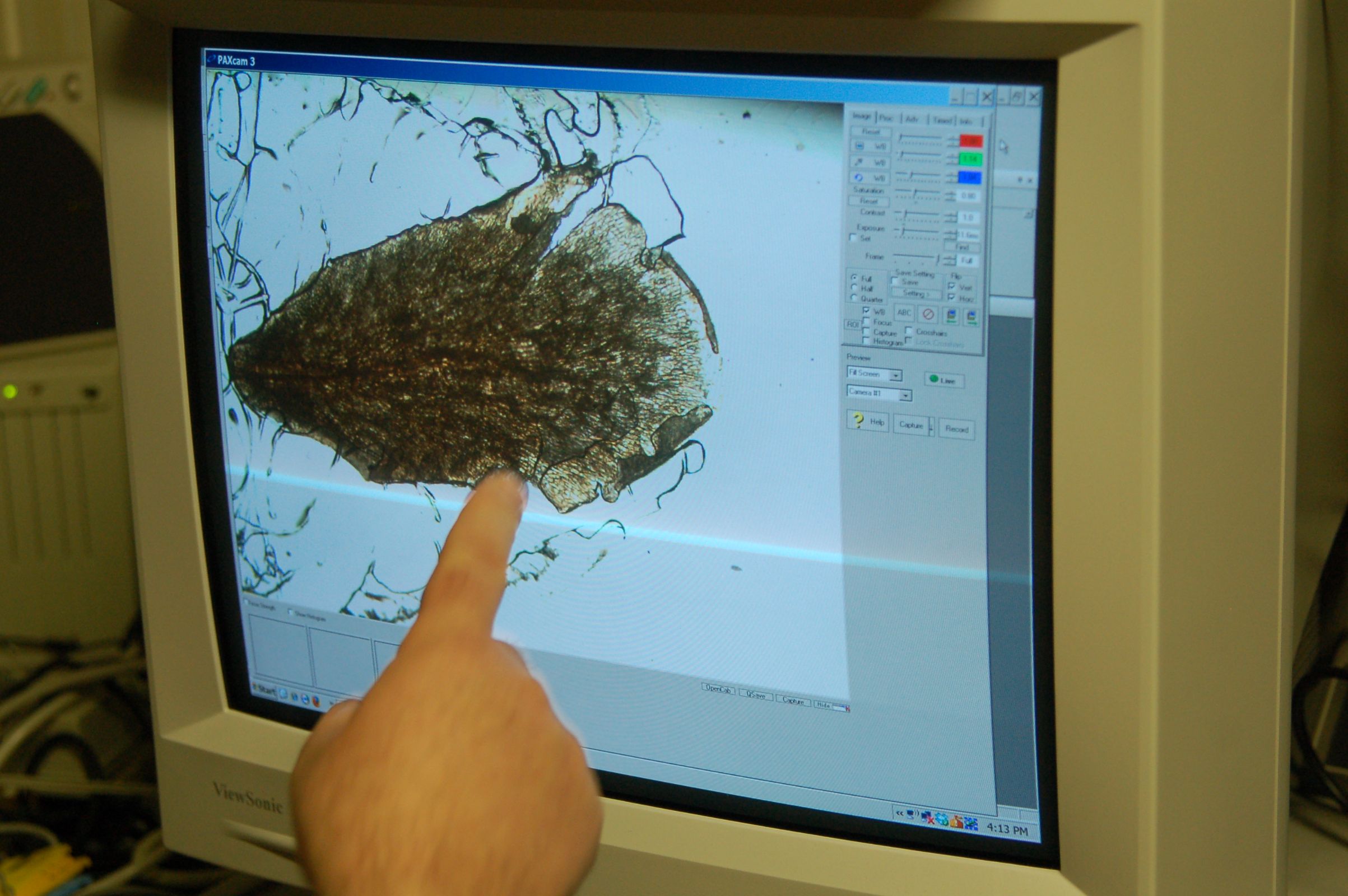 Photo 8. Image of part of one sticky tape
Photo 8. Image of part of one sticky tape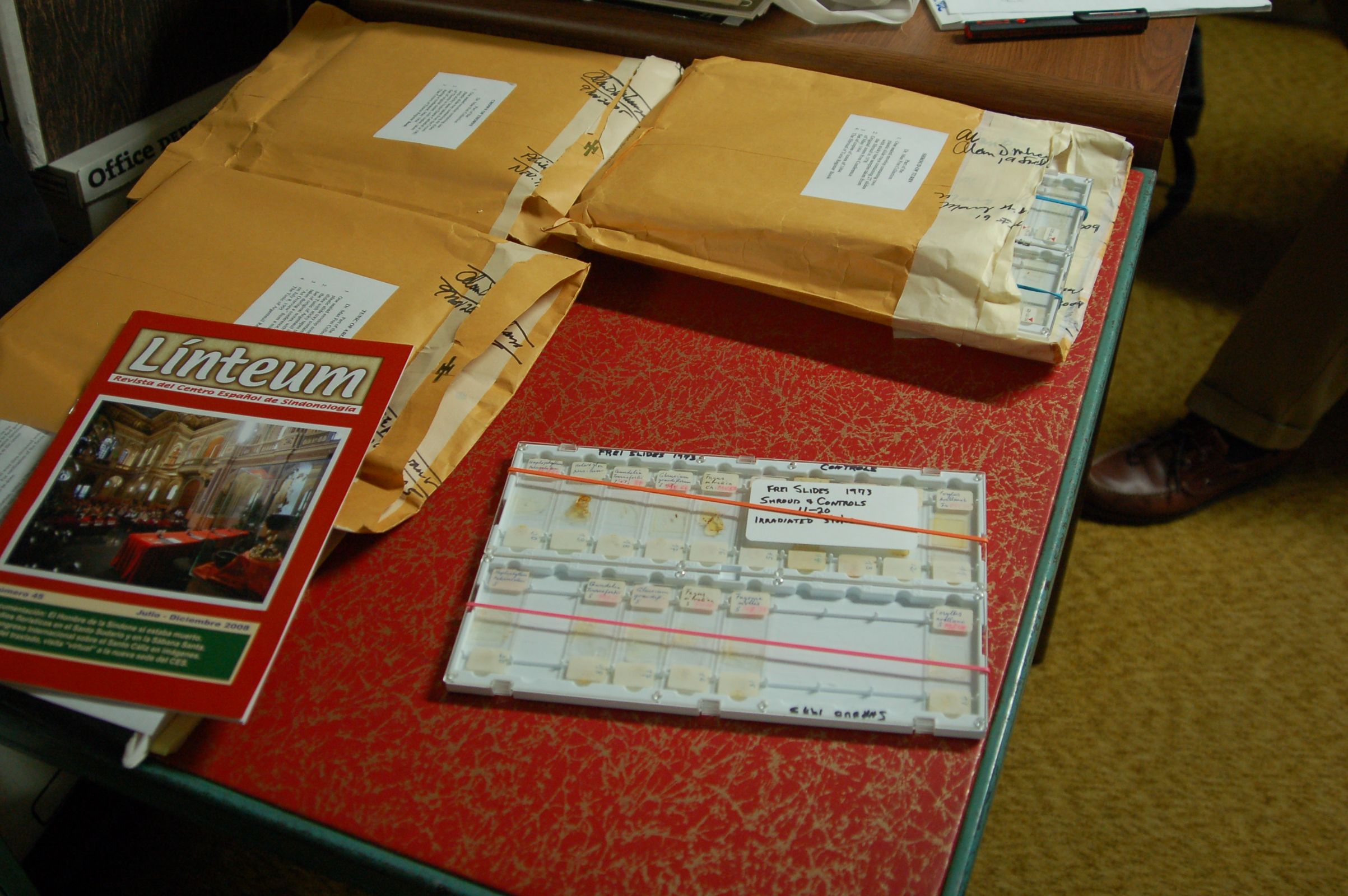
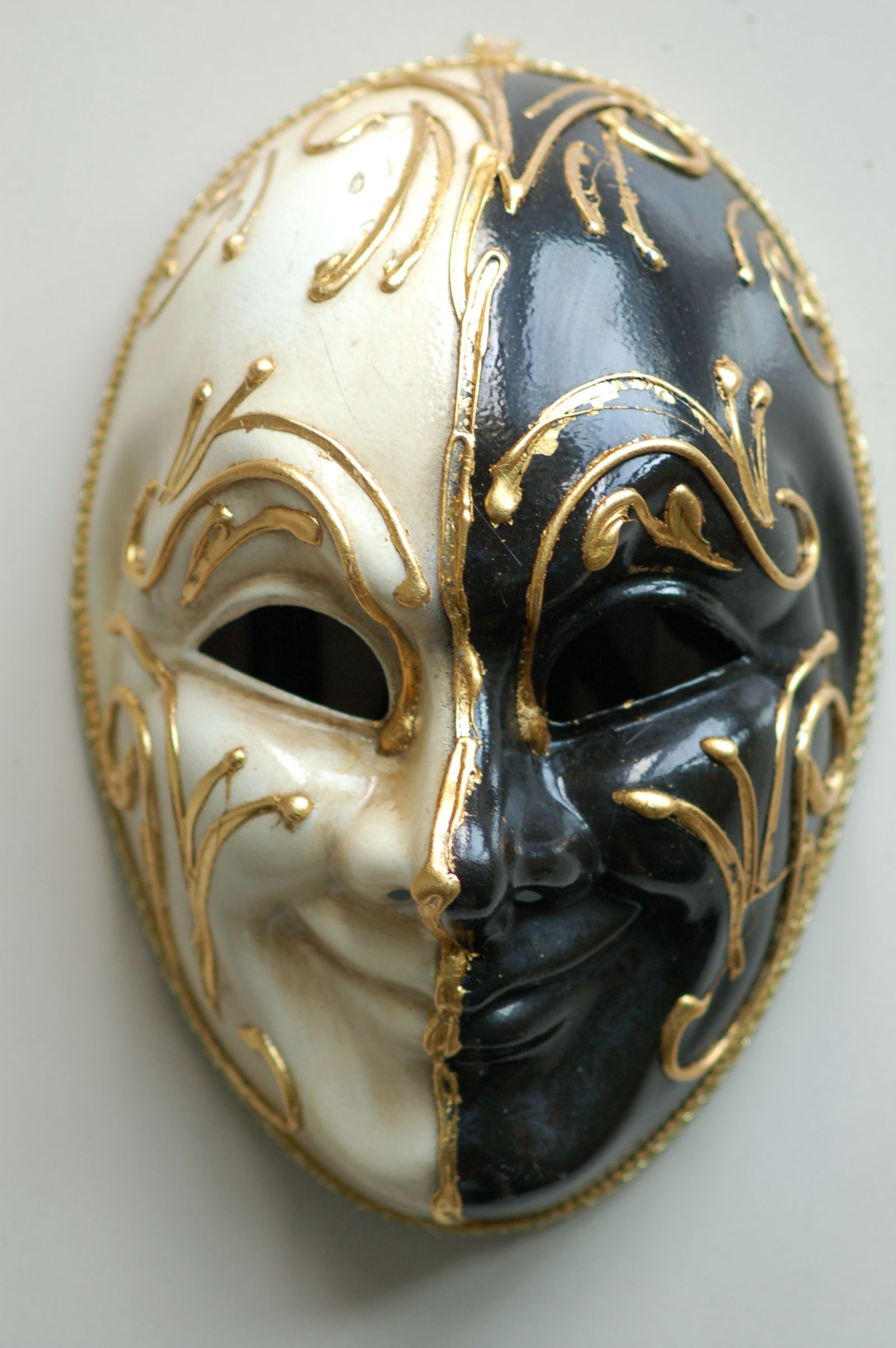
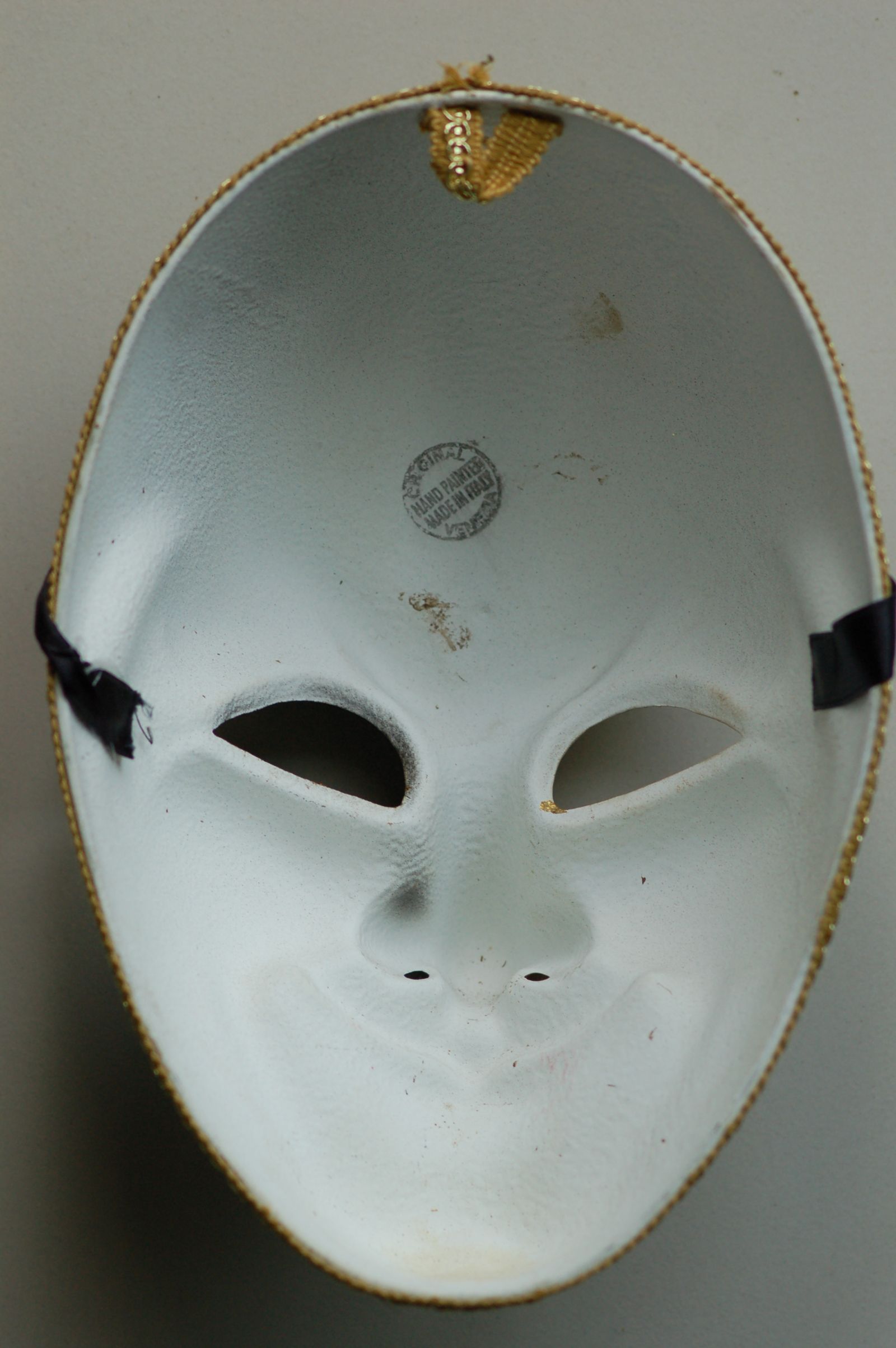
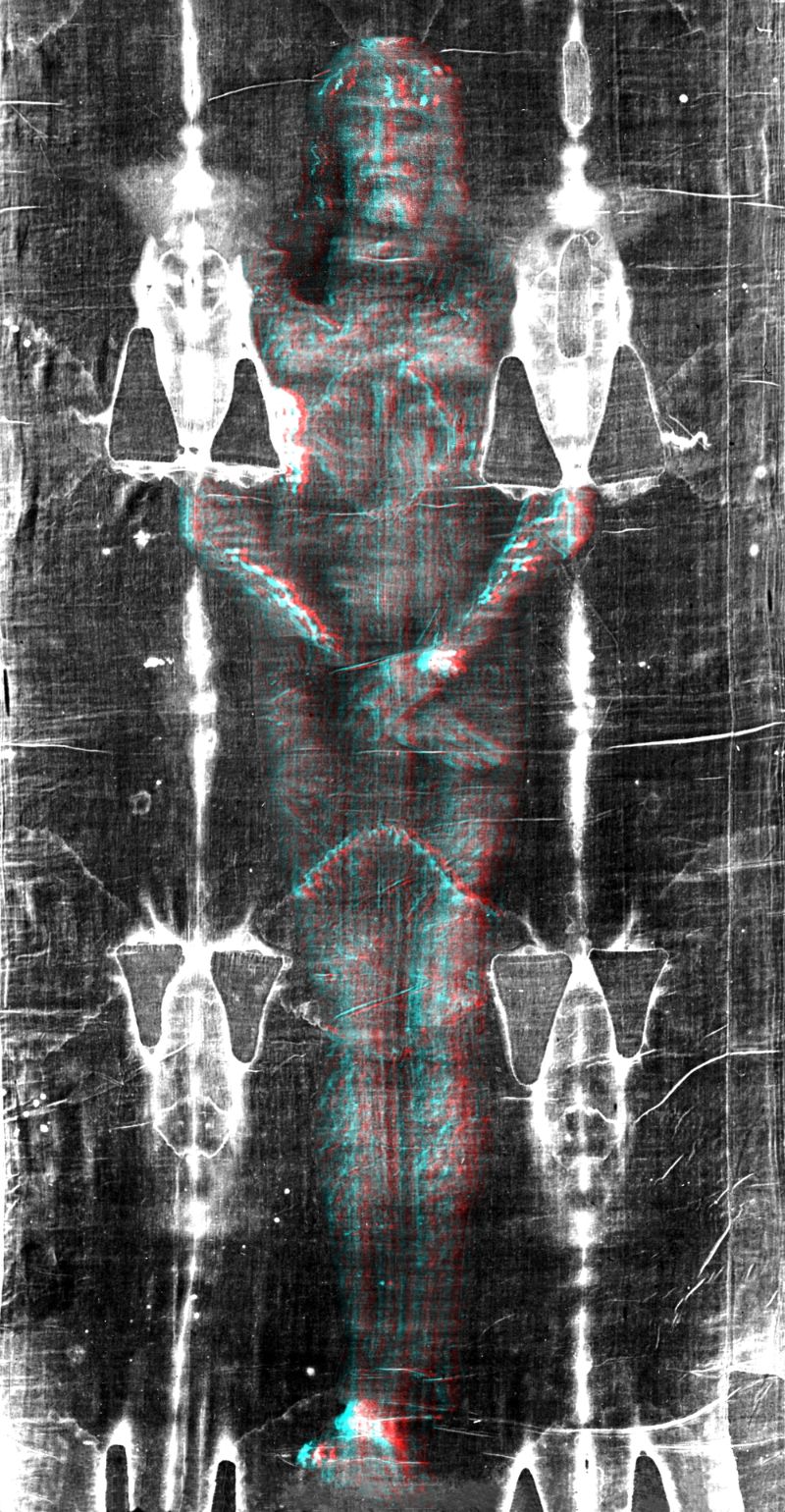
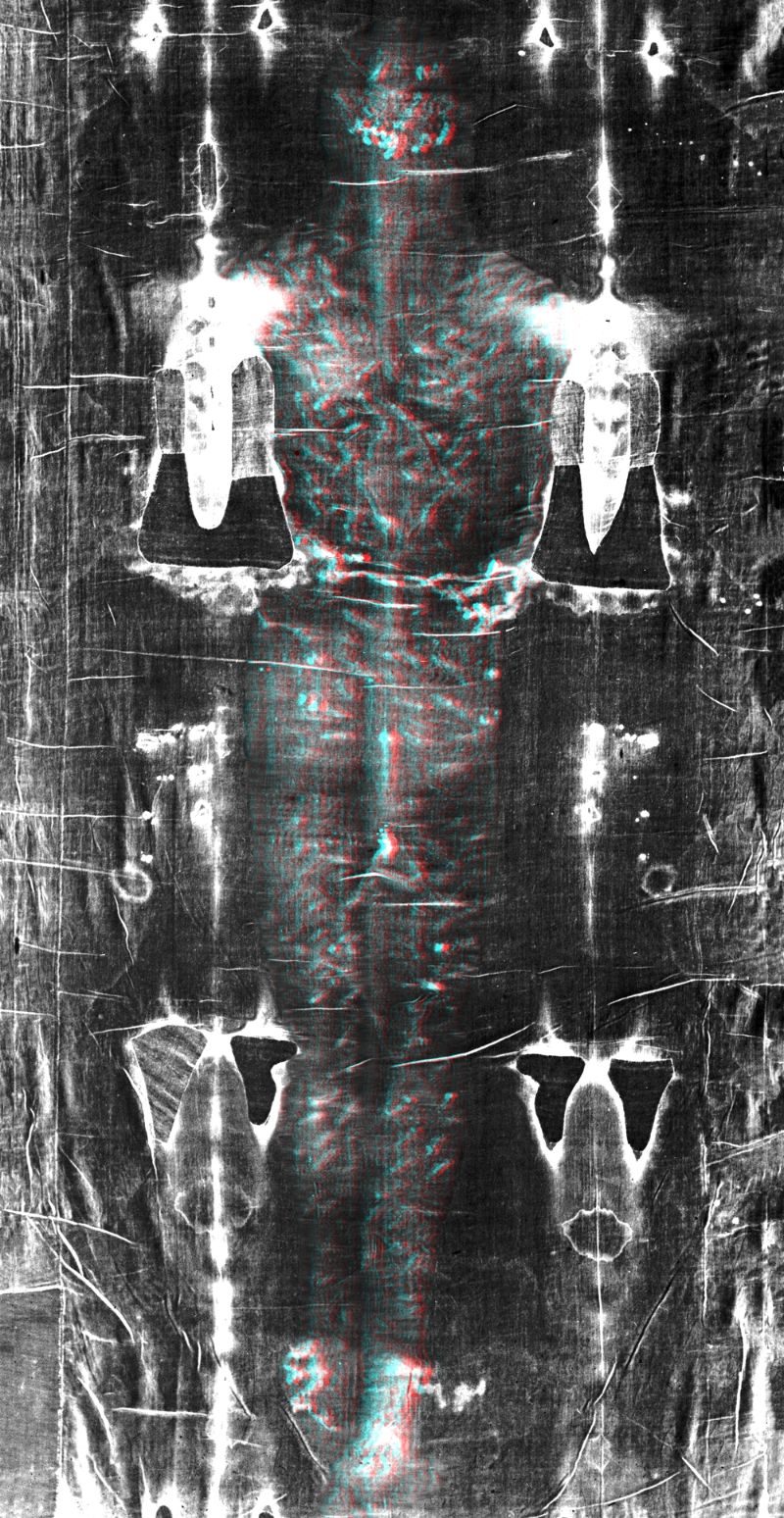
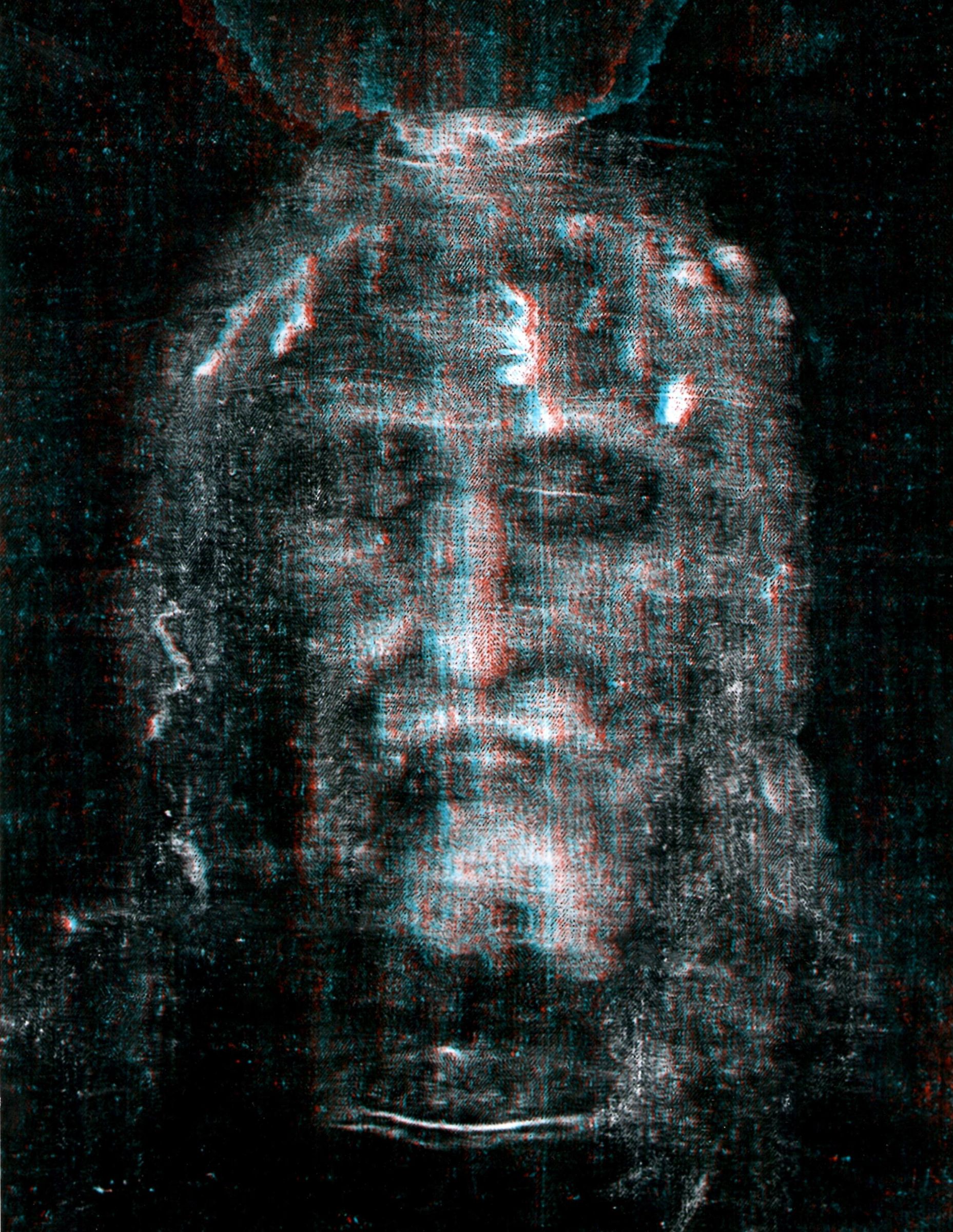 Photo 5. Photo Body face. Use
Photo 5. Photo Body face. Use 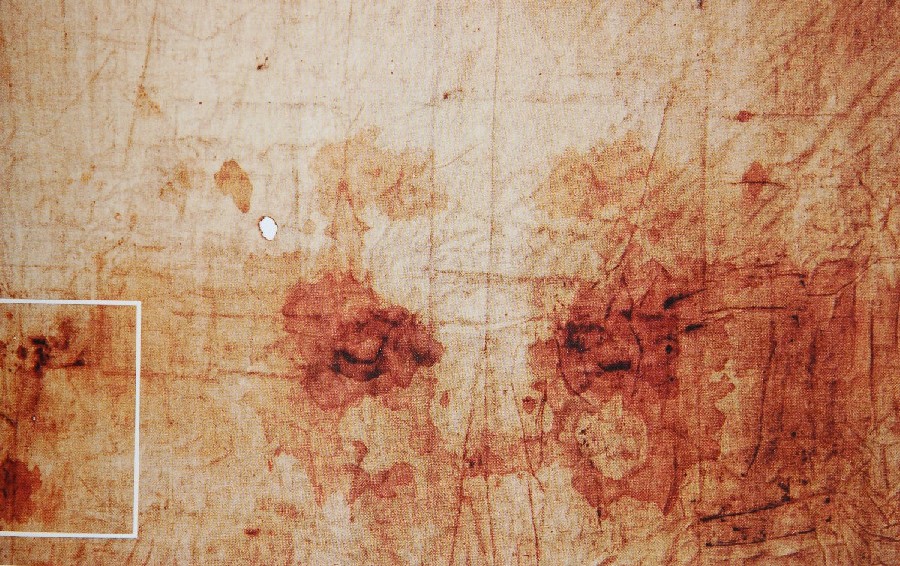
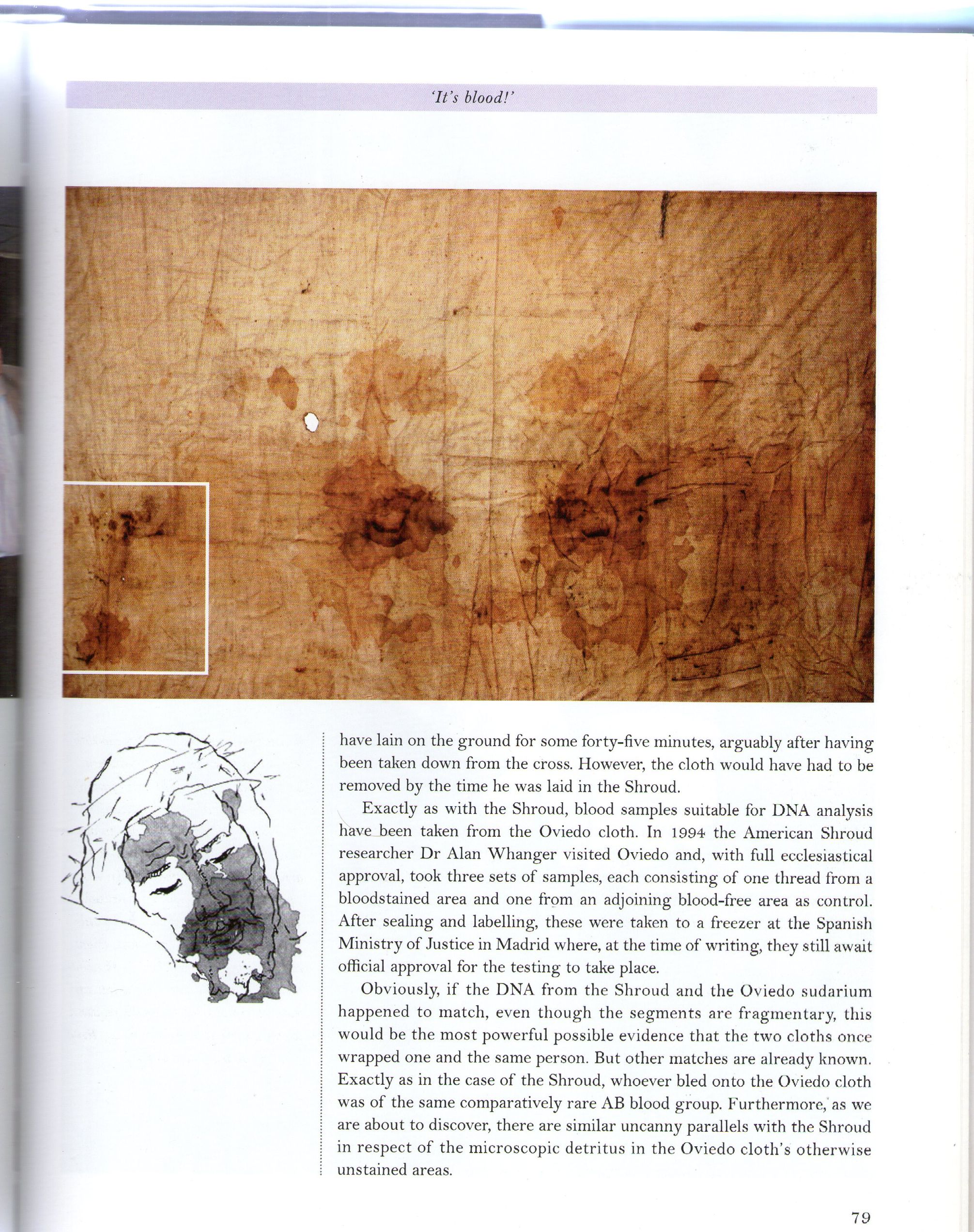
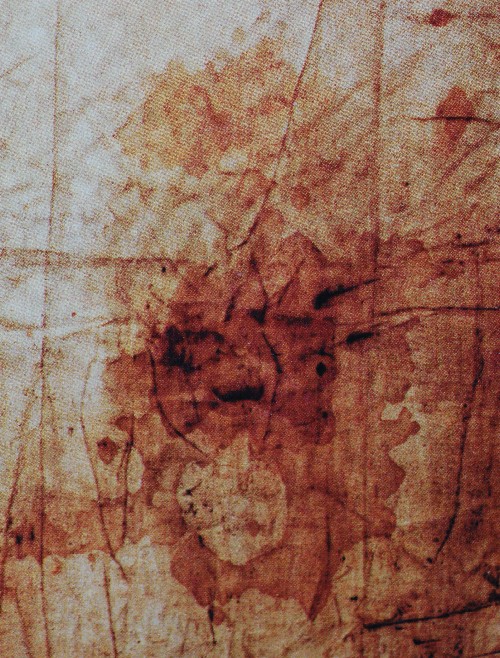
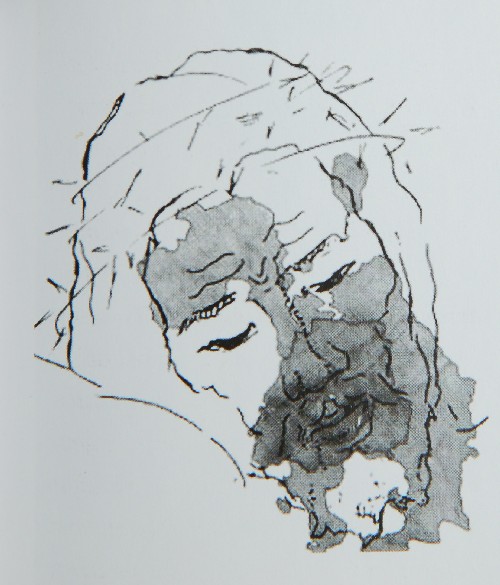
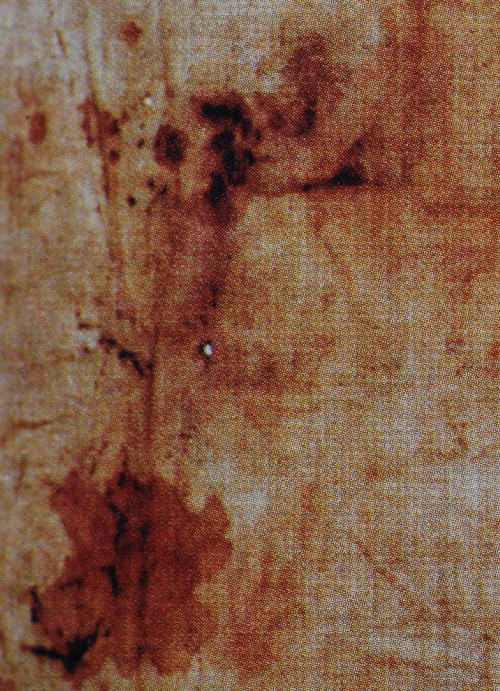
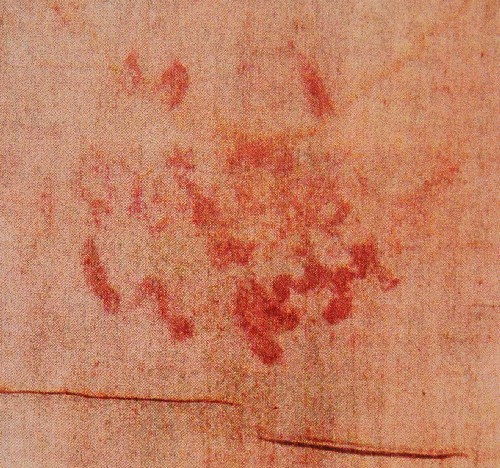
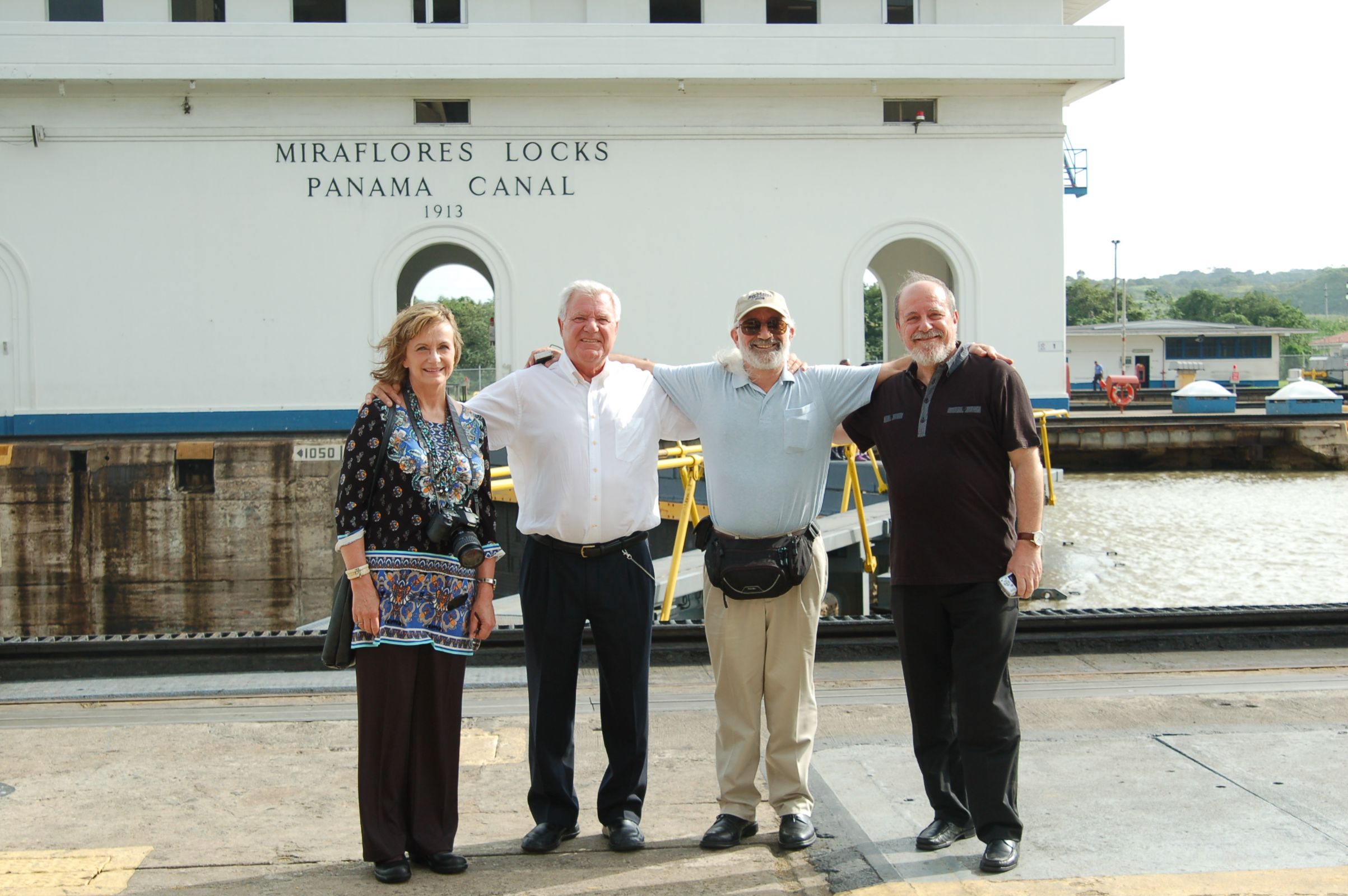
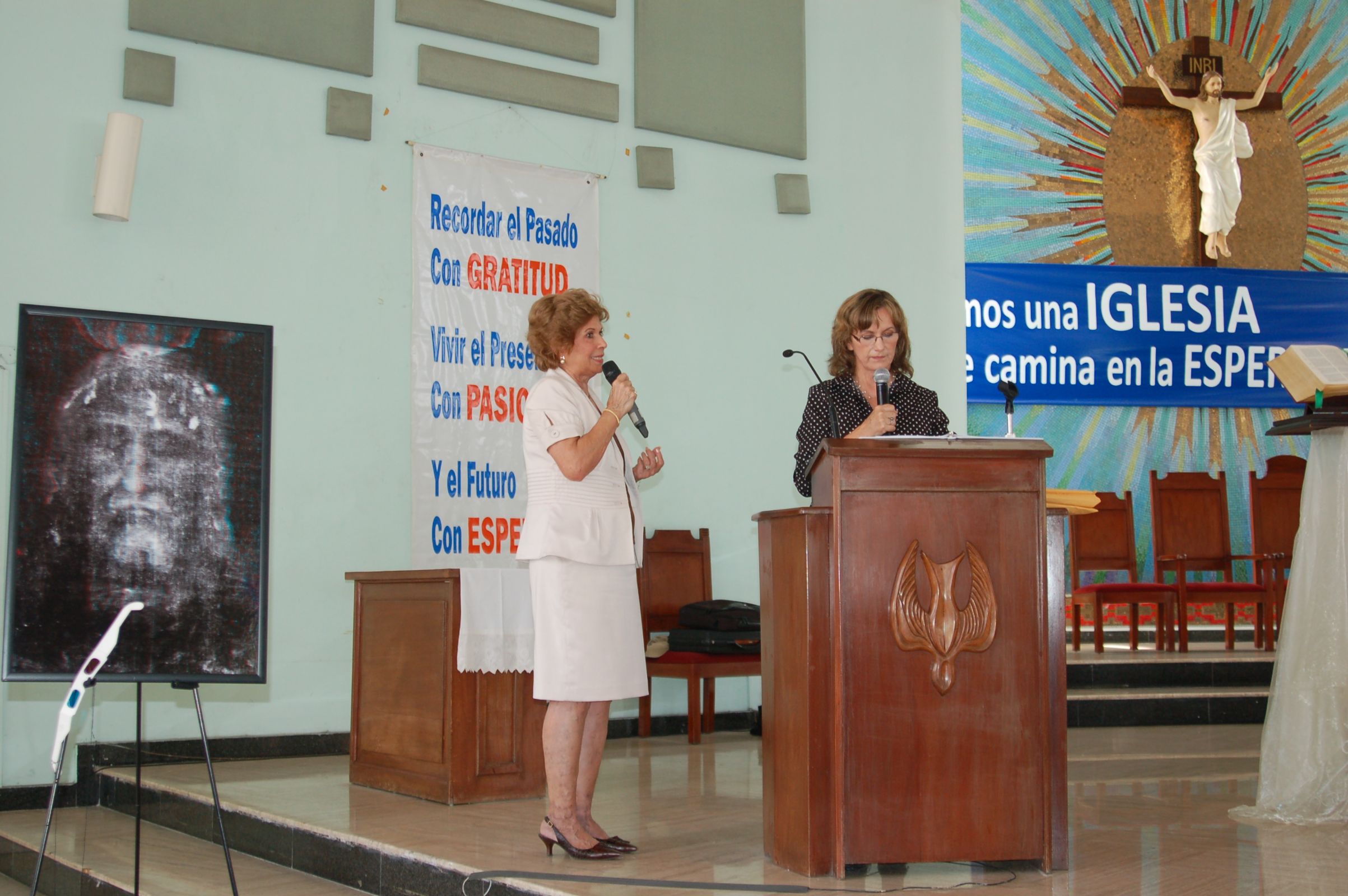
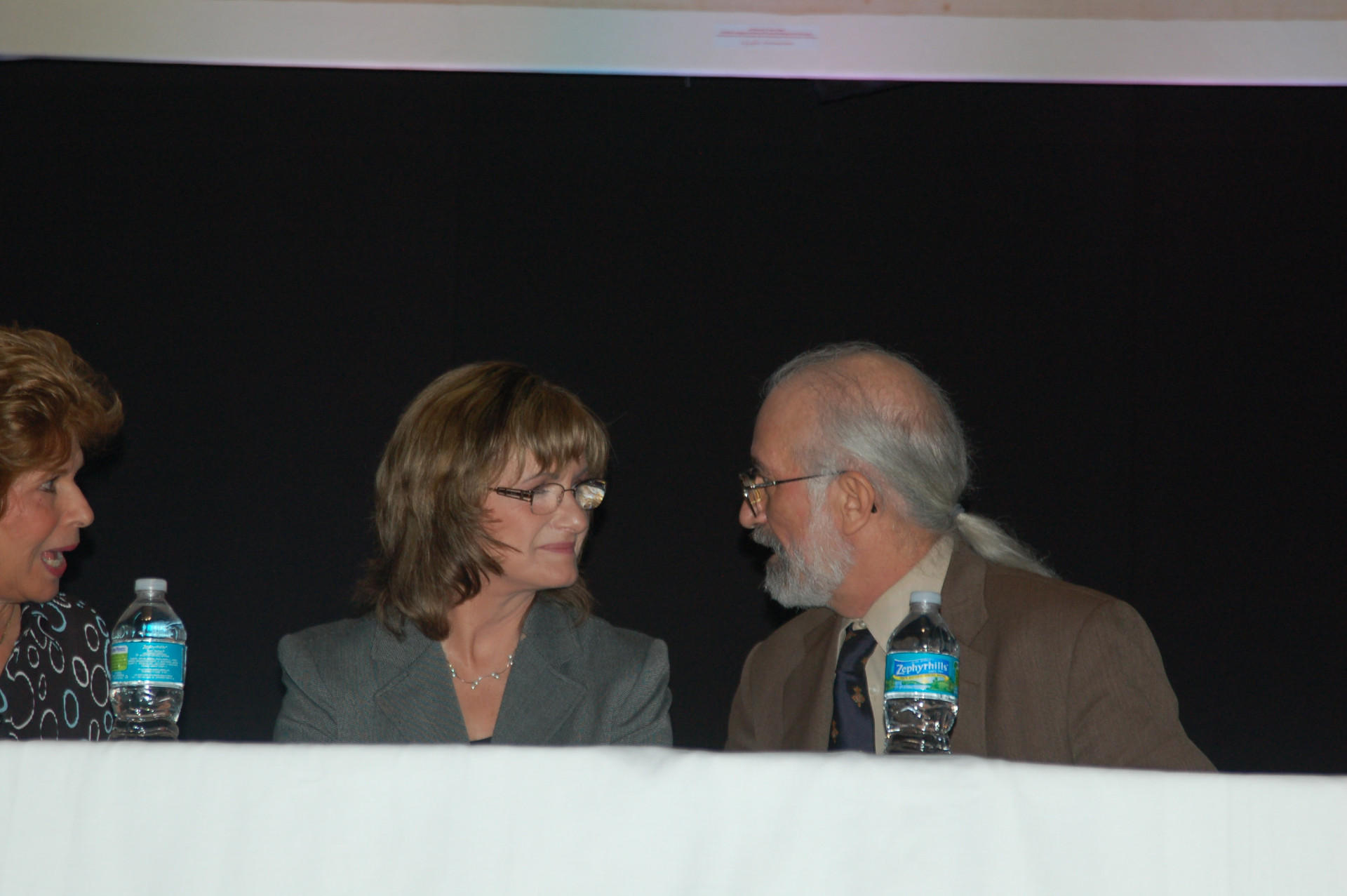
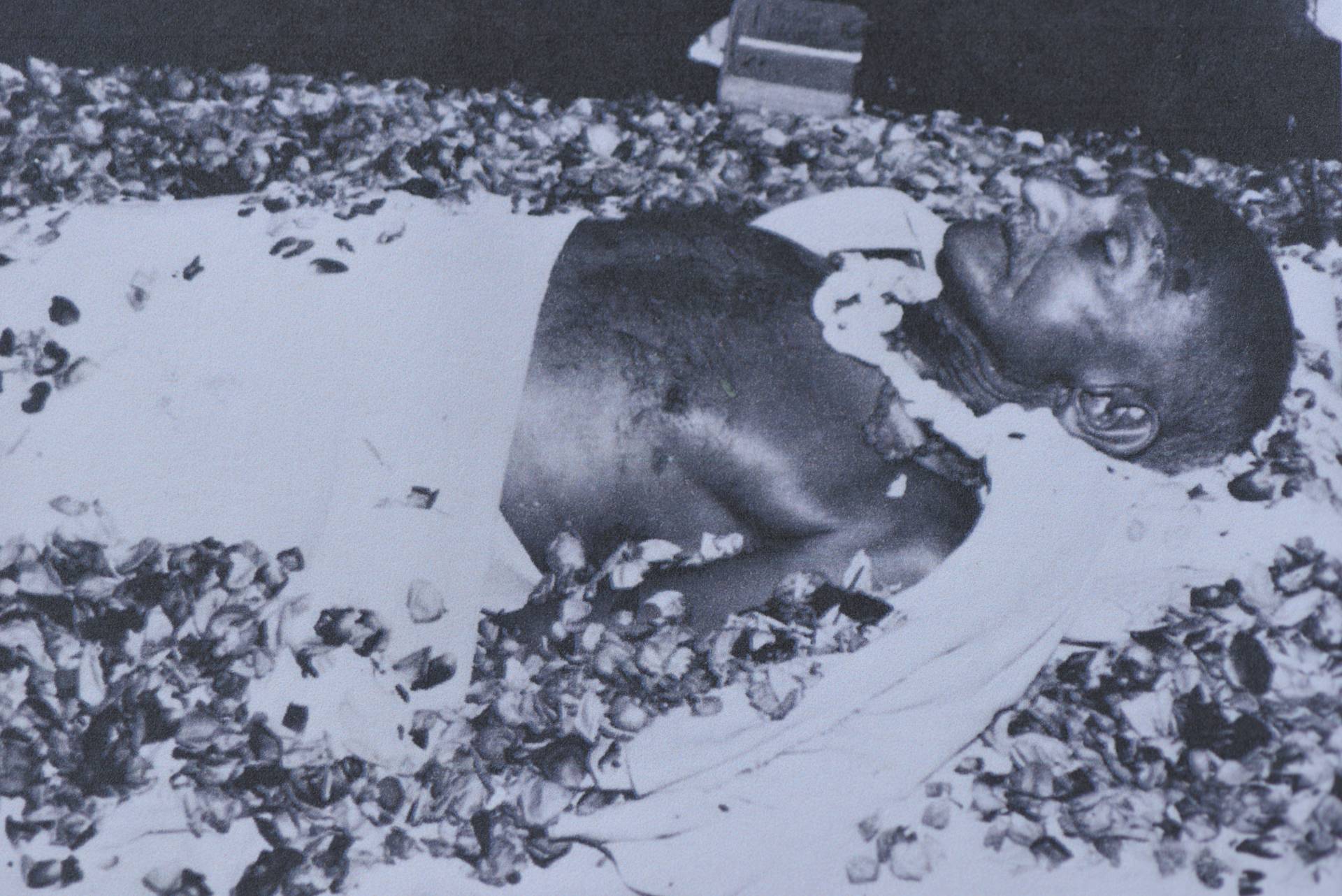
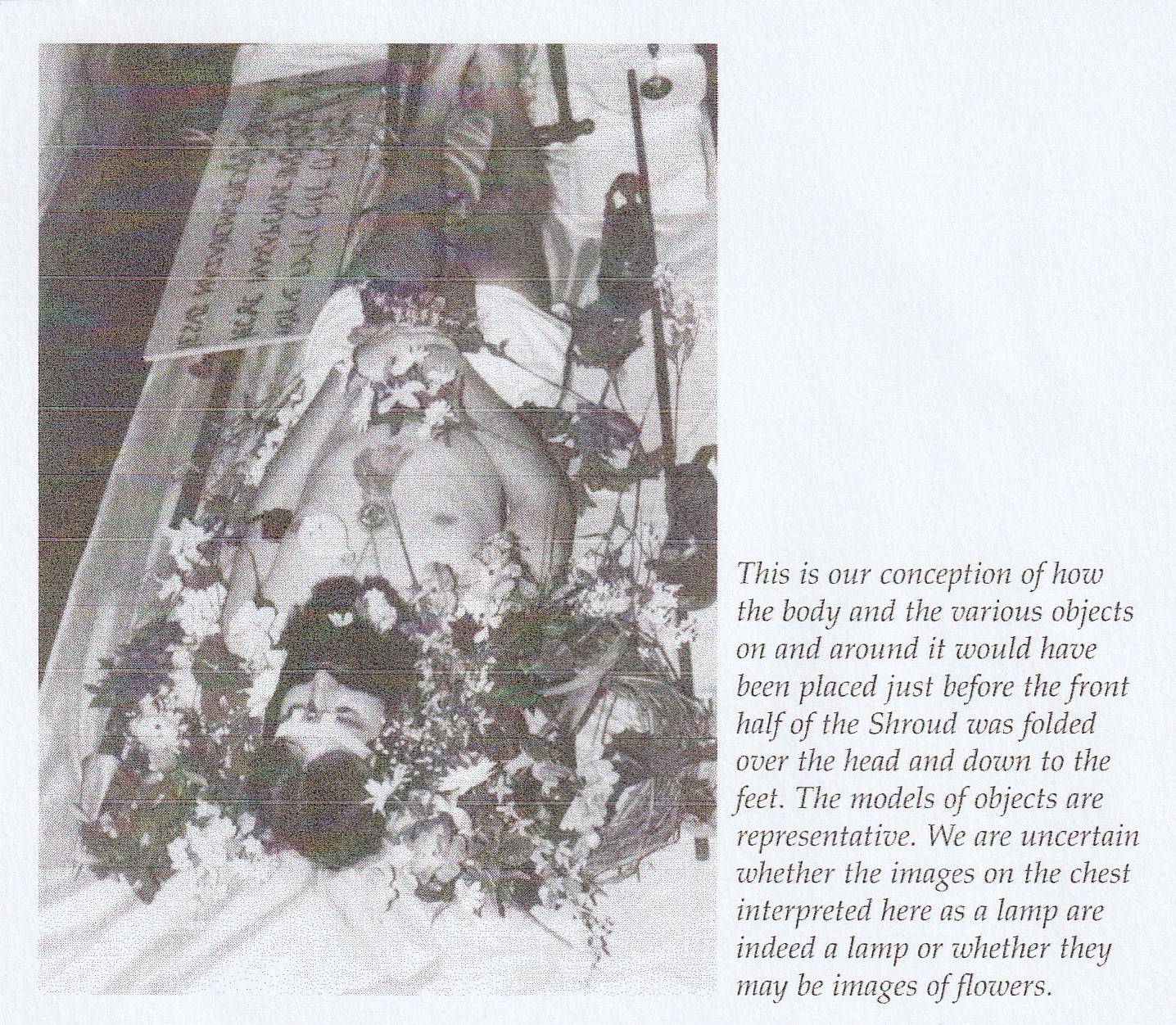
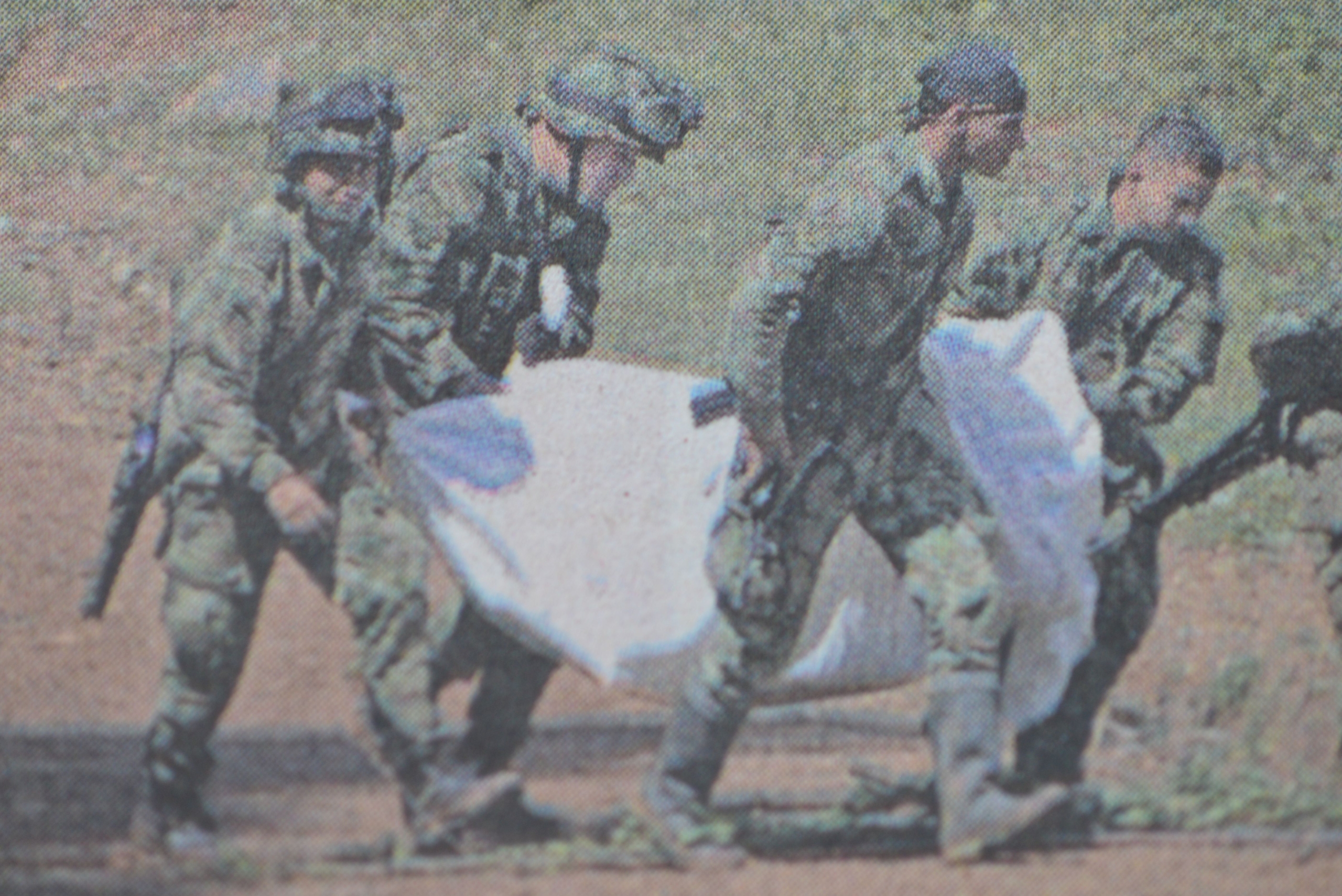
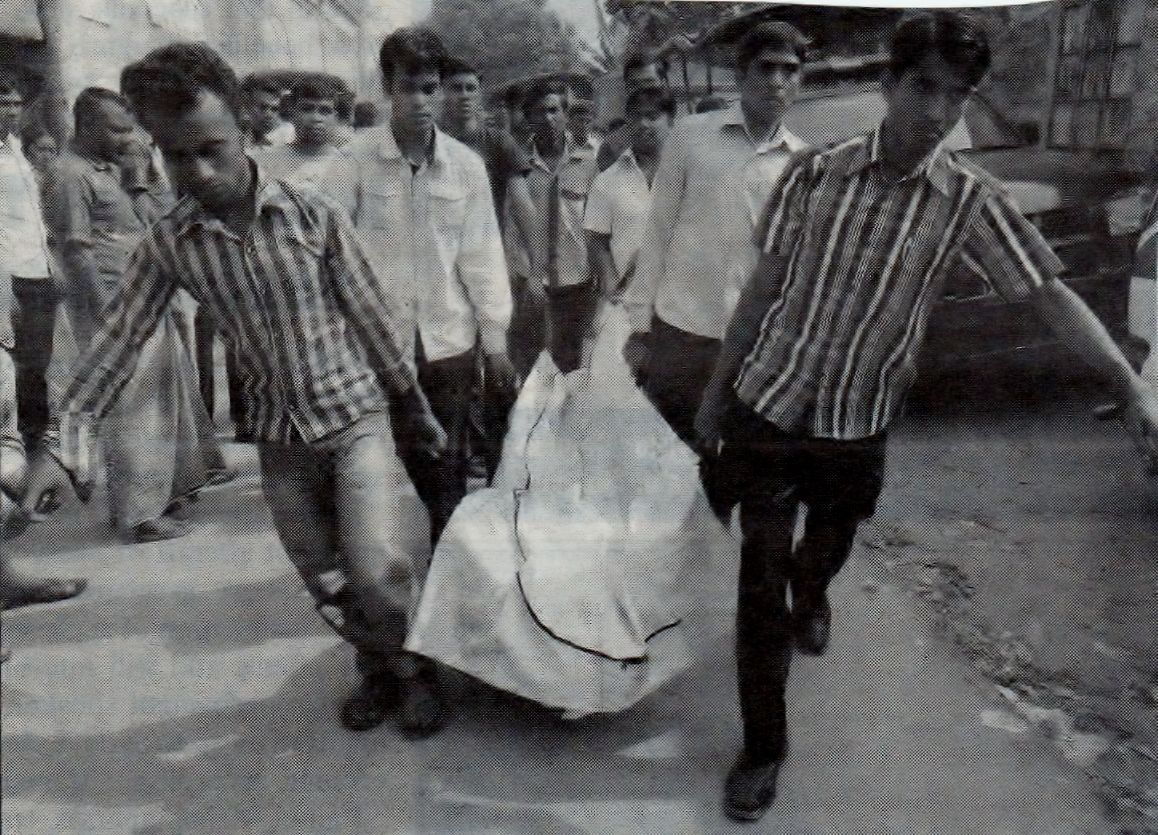
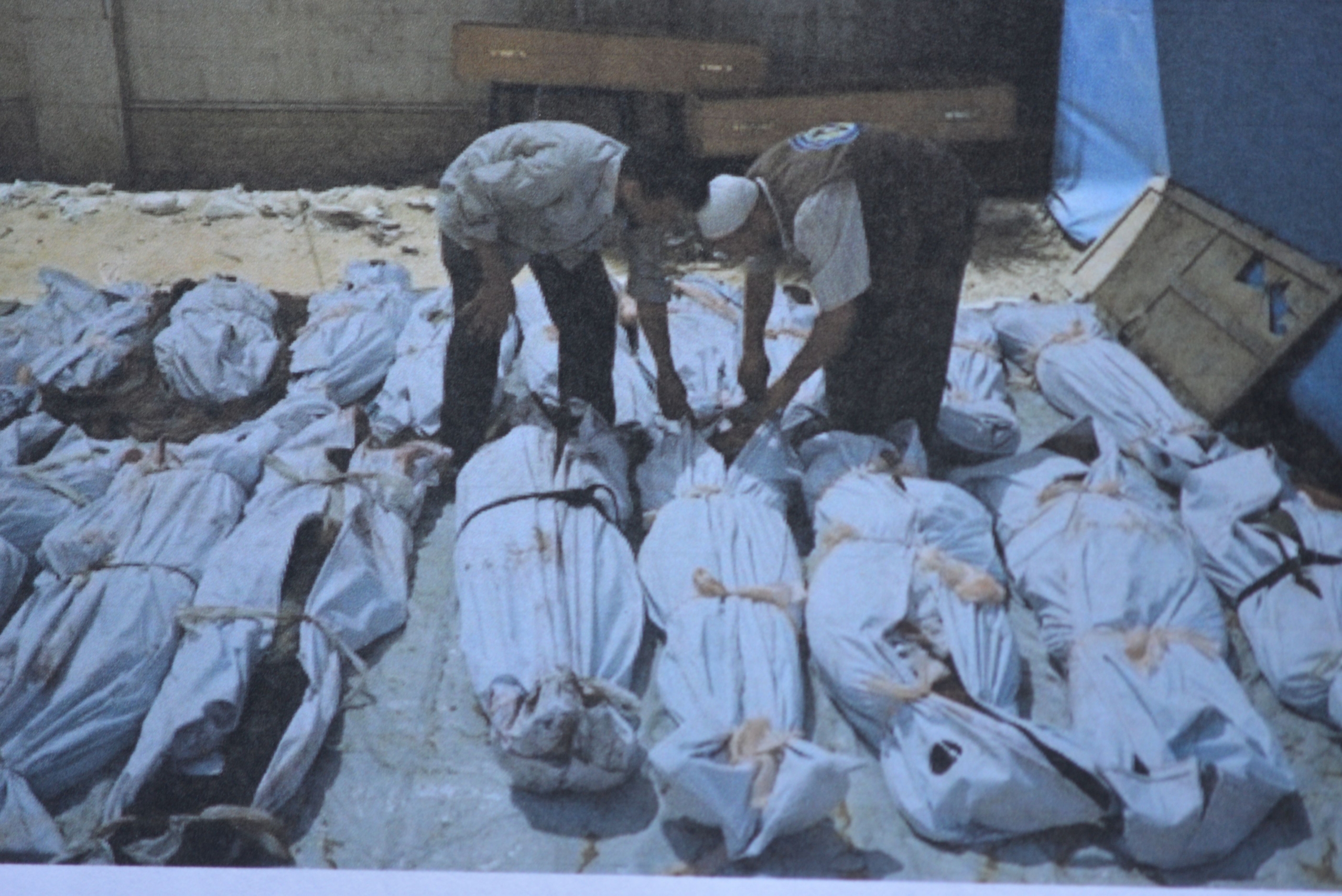
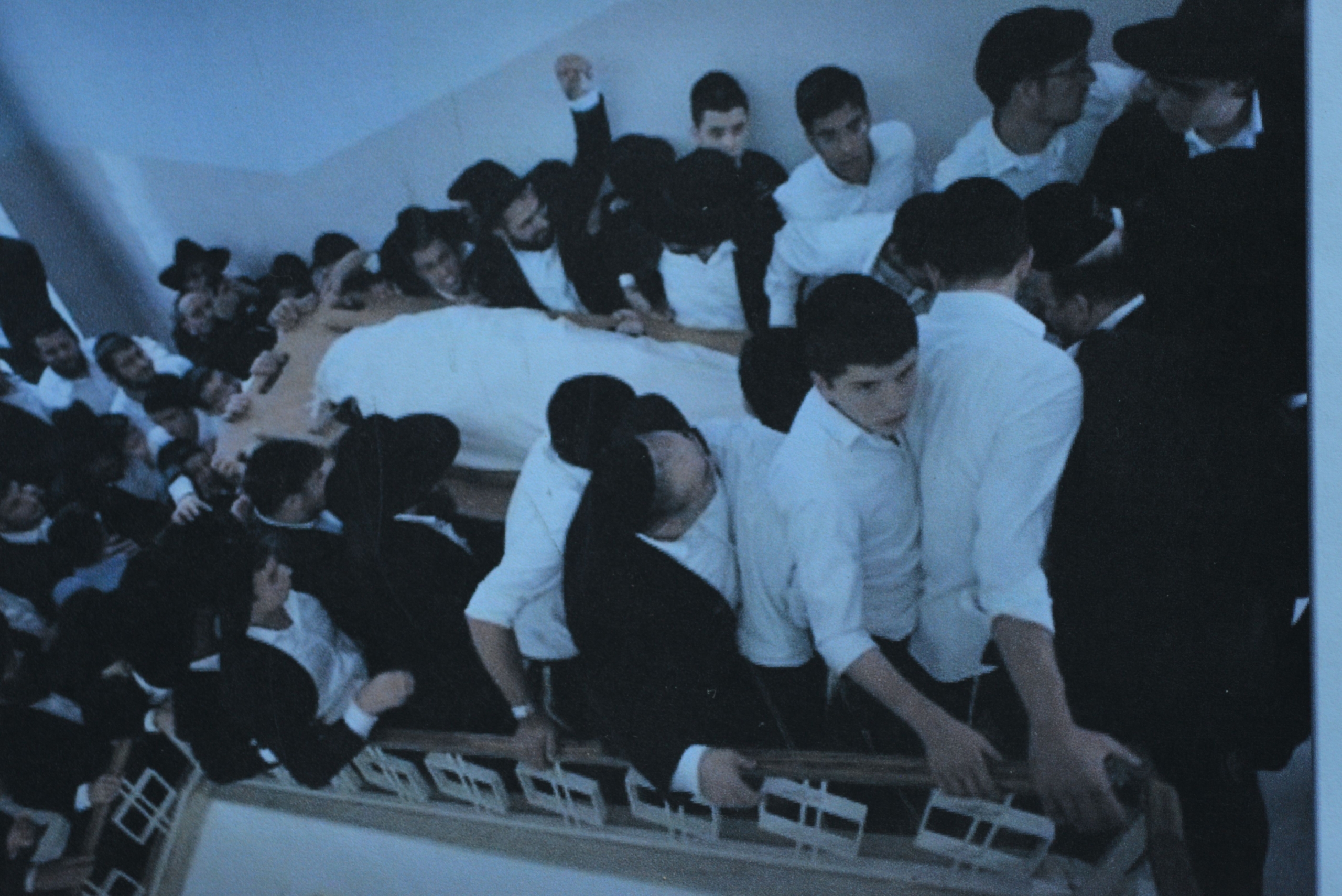
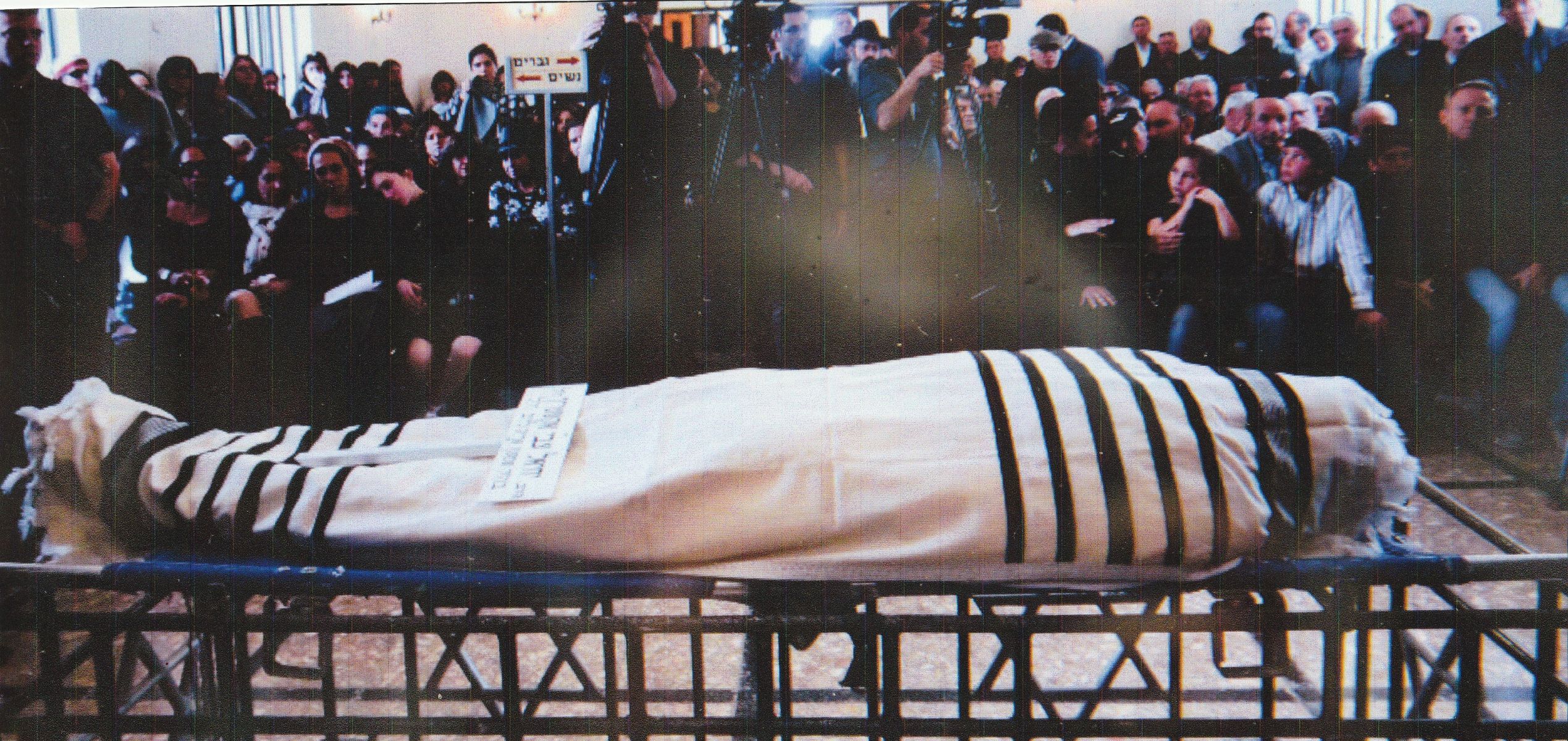 Photo 7. Deceased Rabbi´s enshrouded body, Israel
Photo 7. Deceased Rabbi´s enshrouded body, Israel